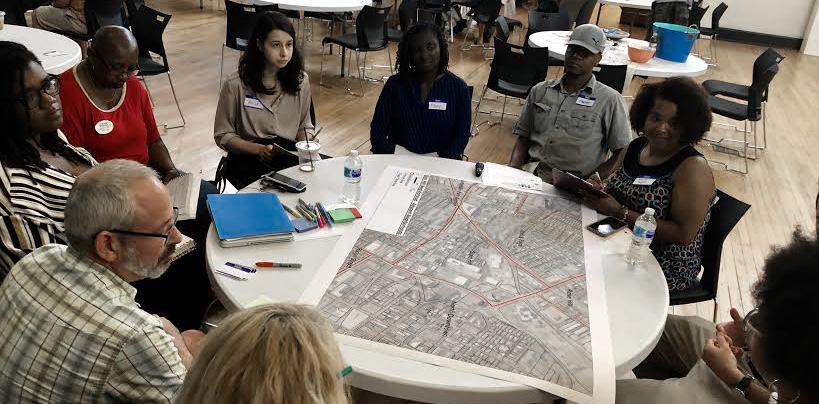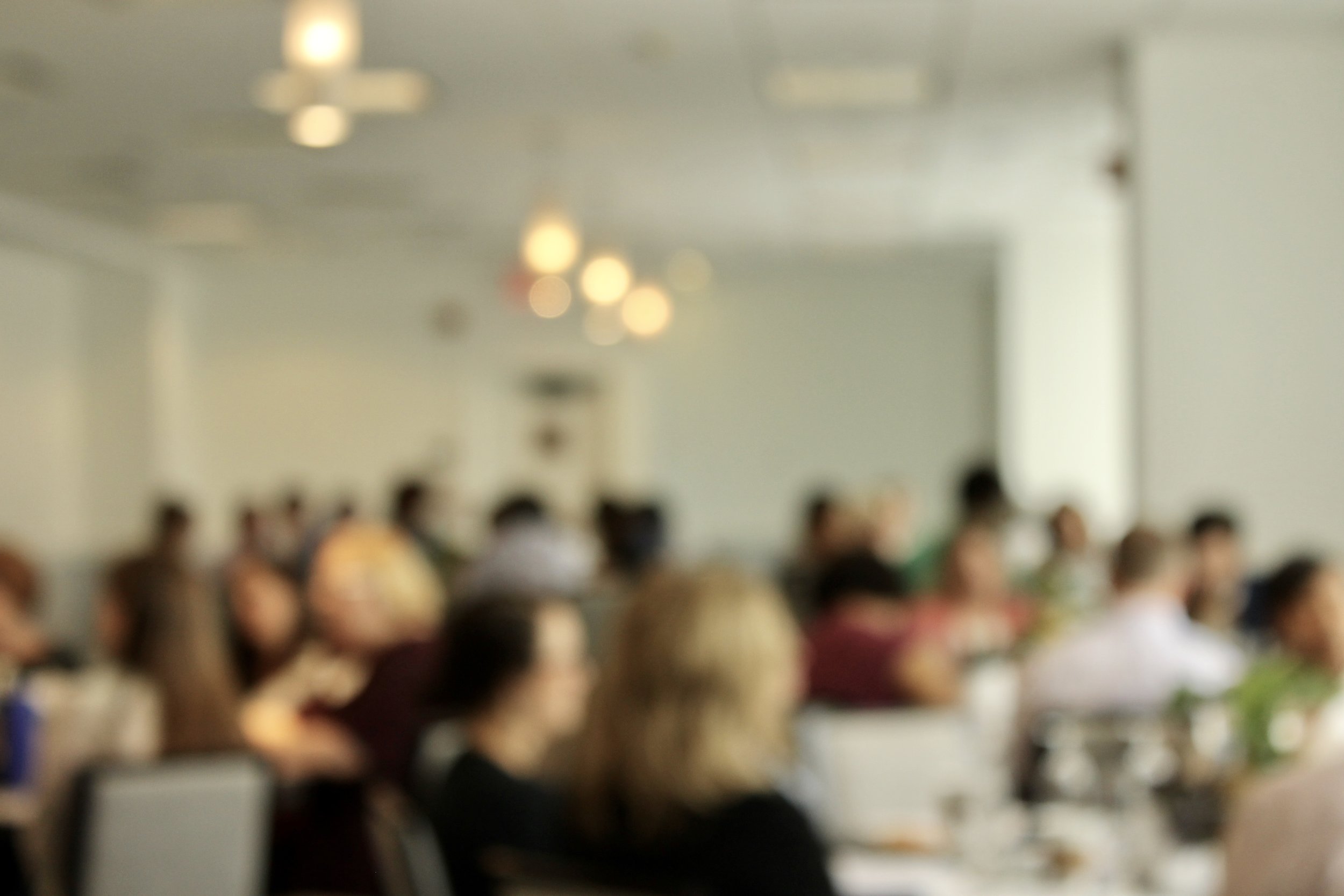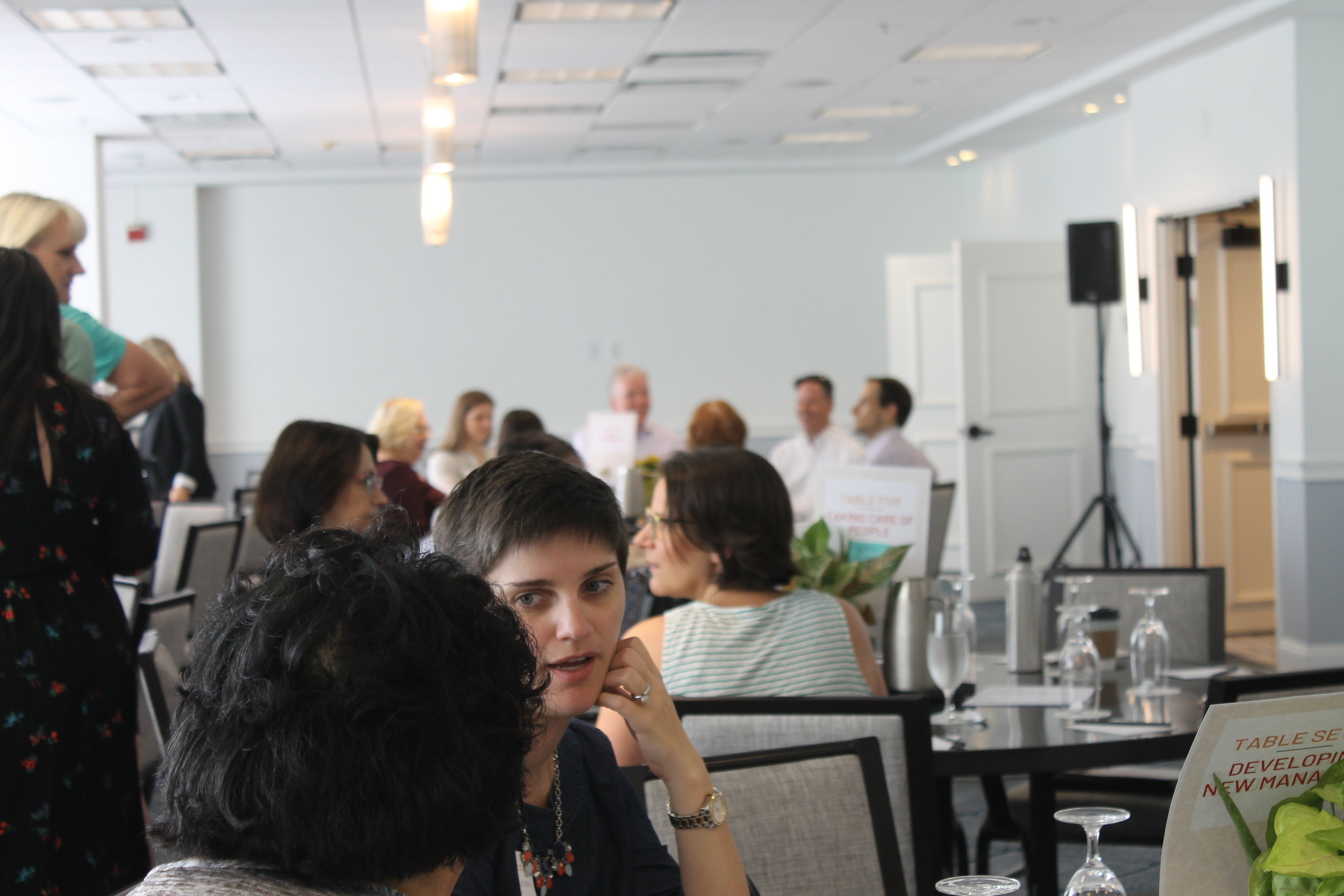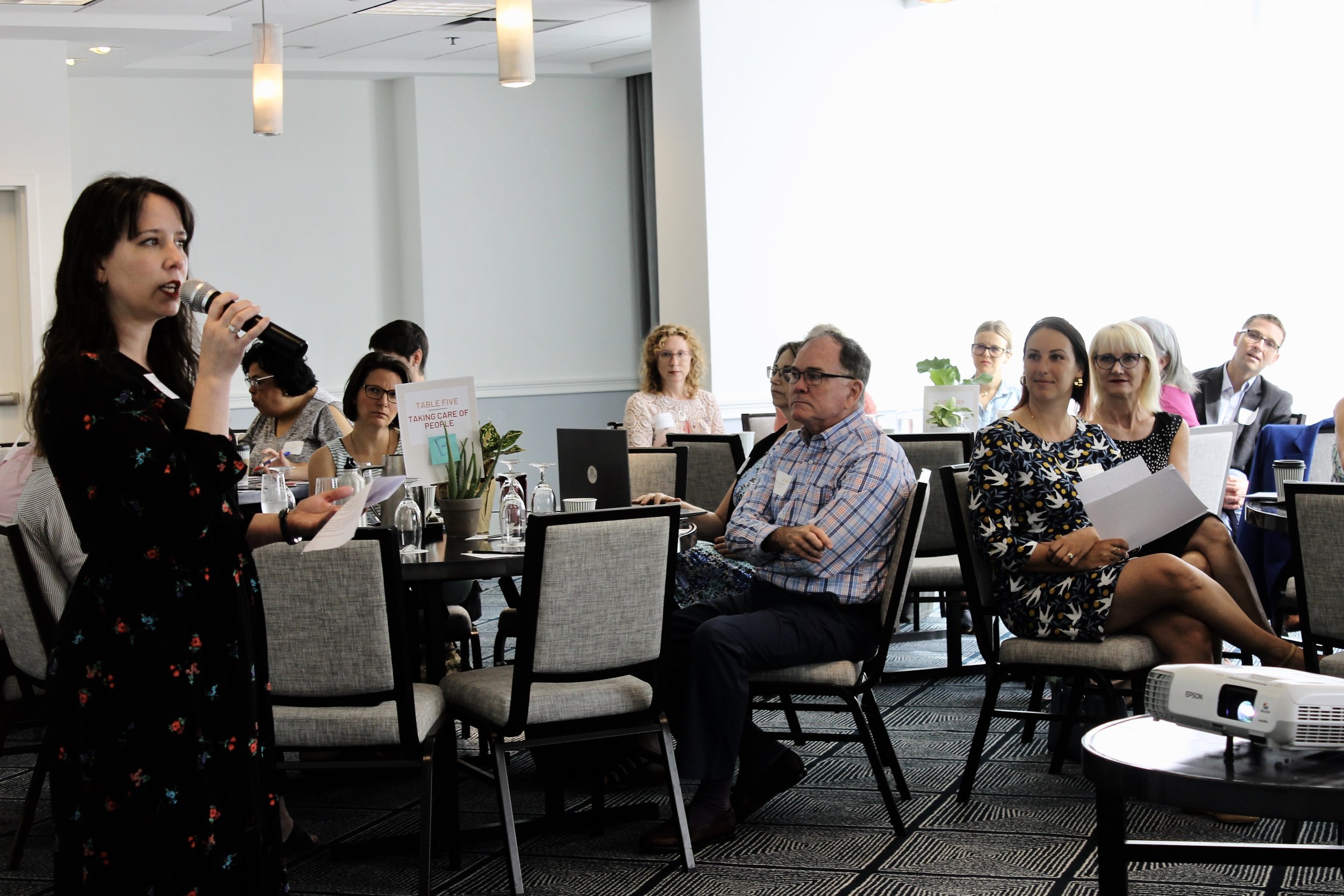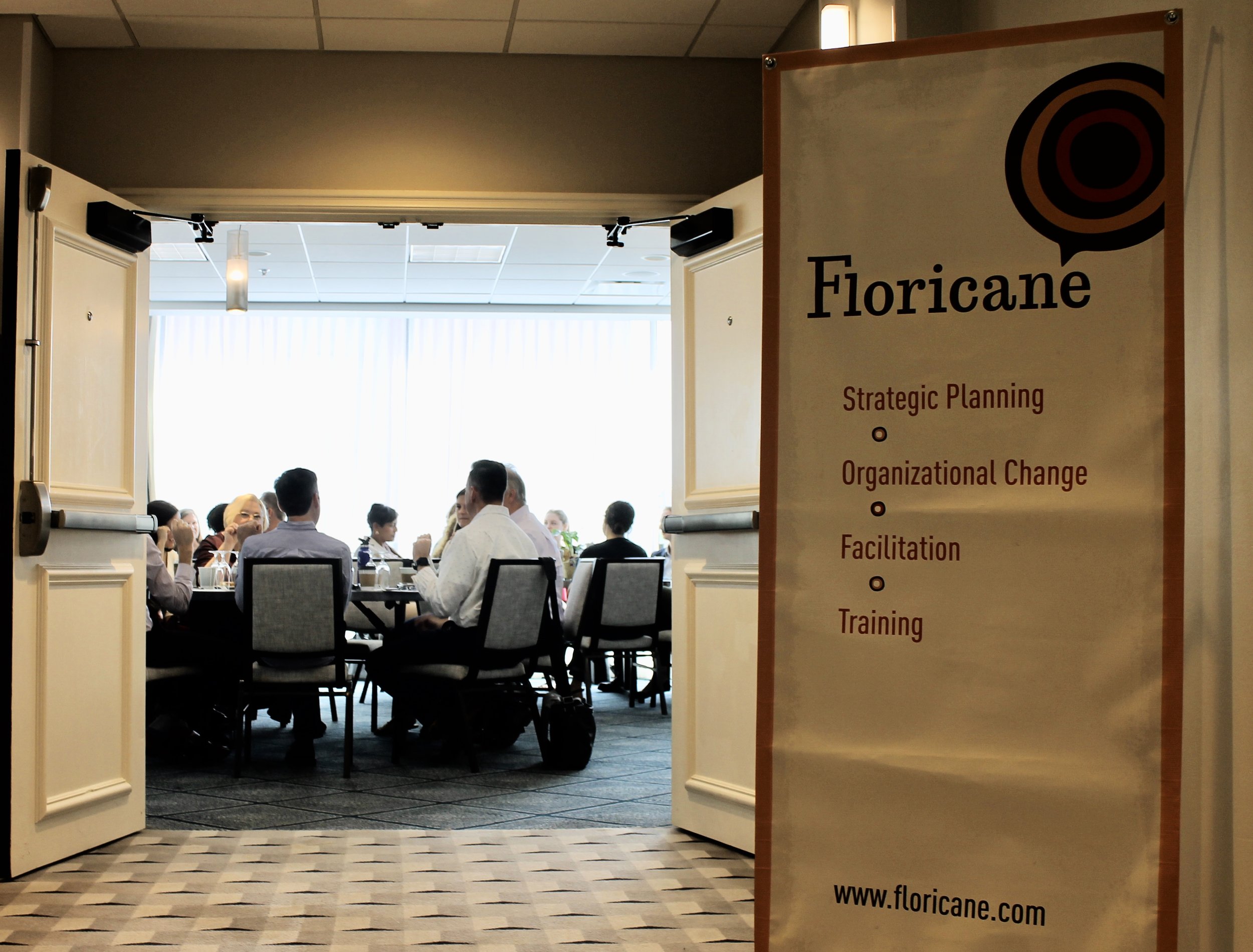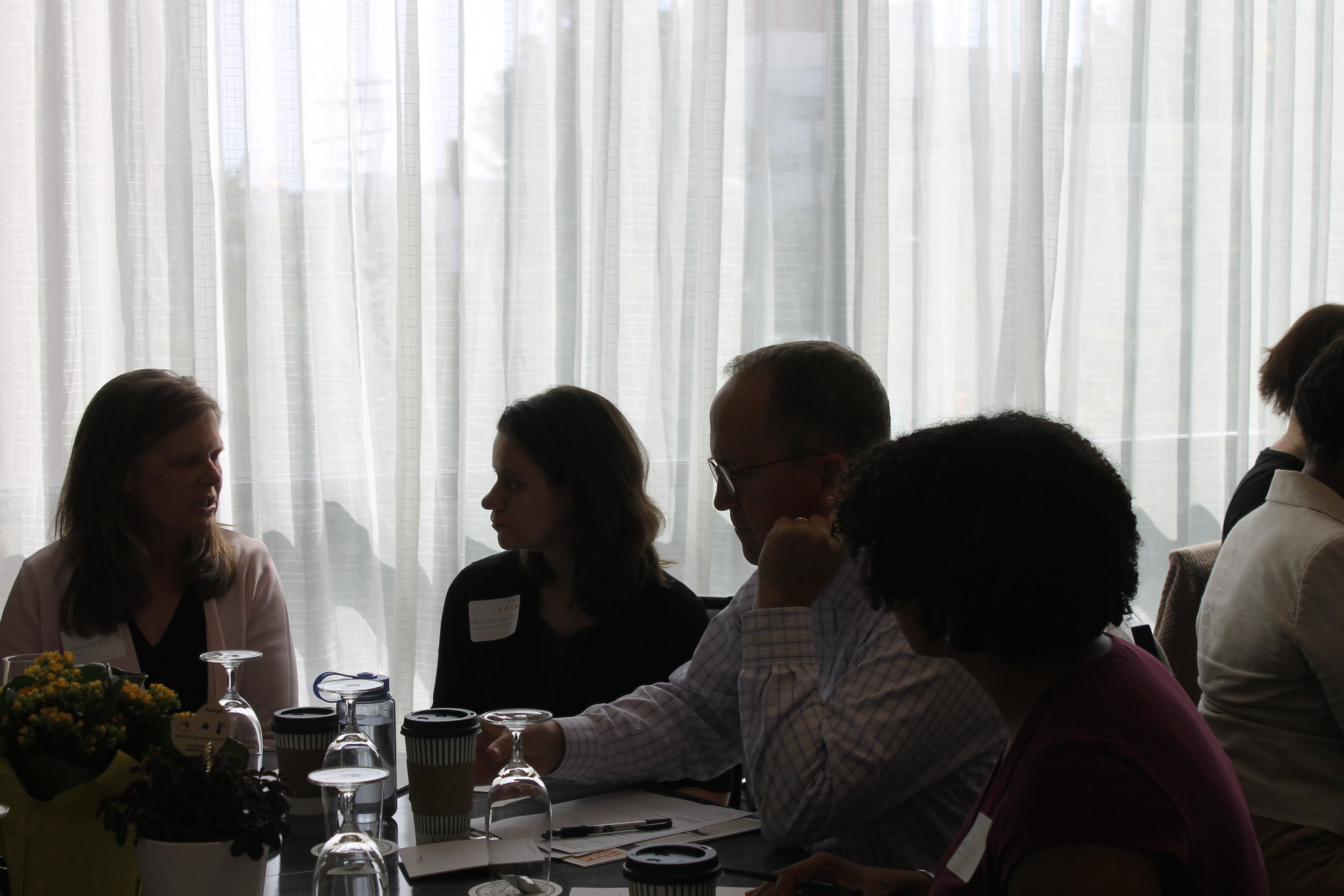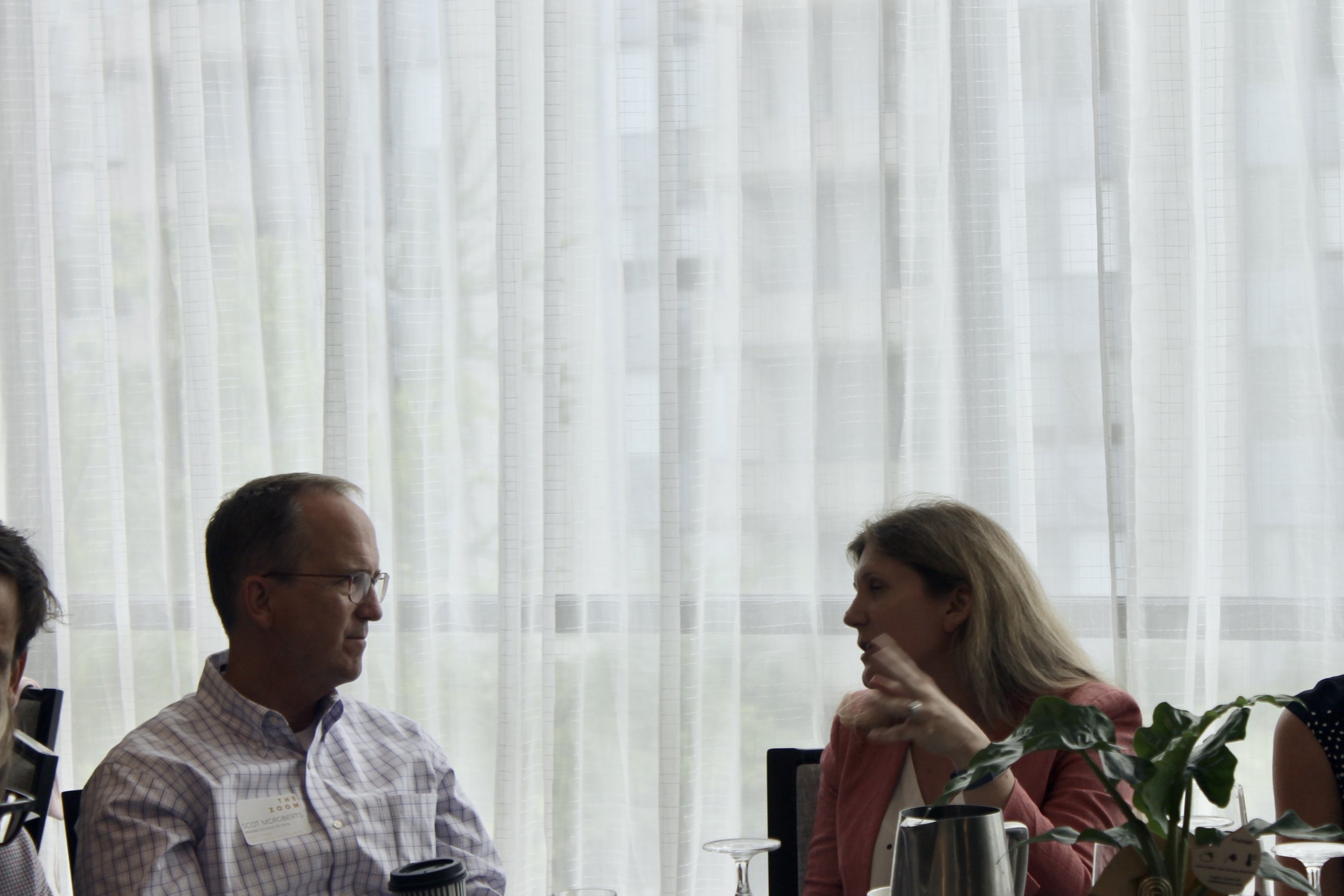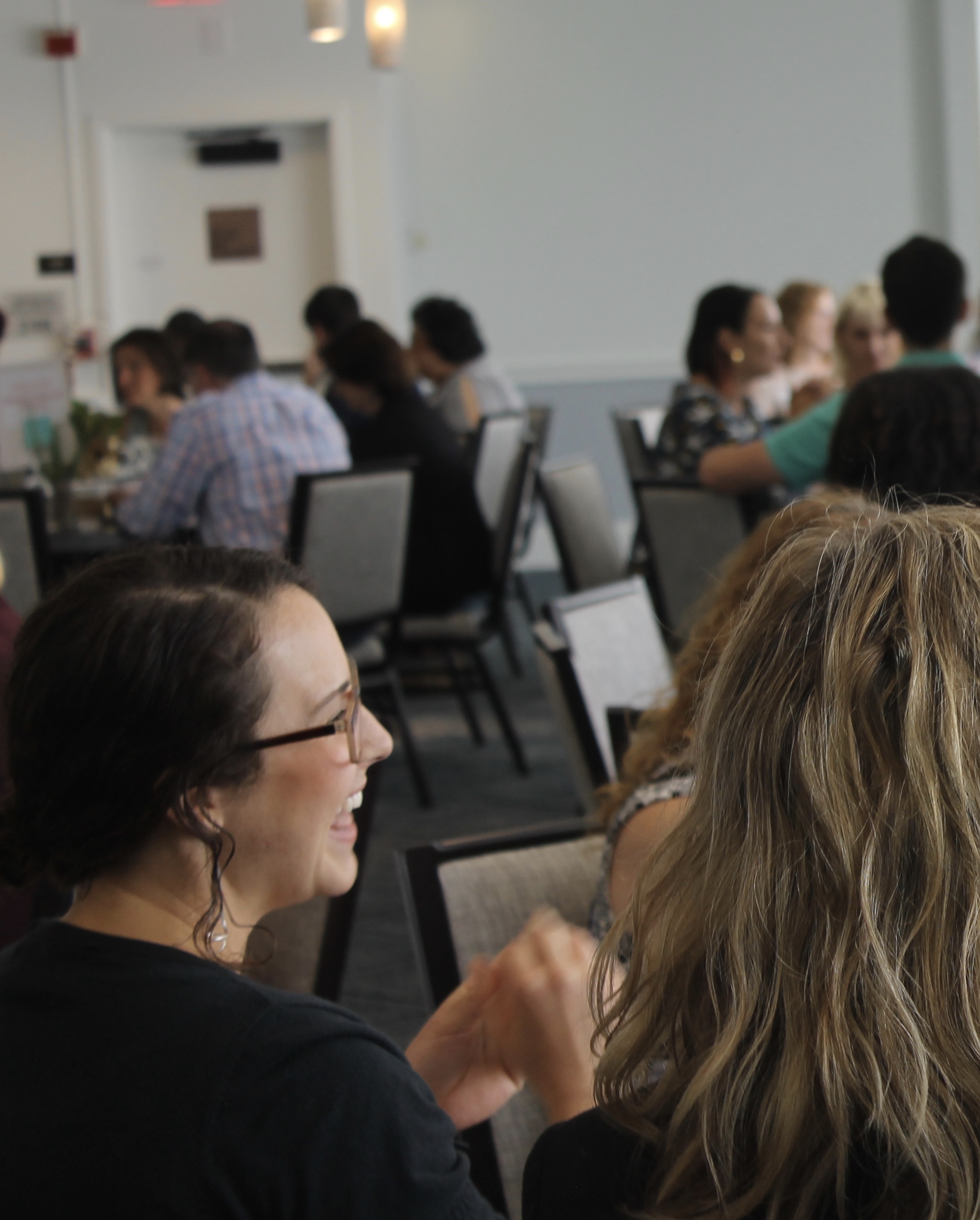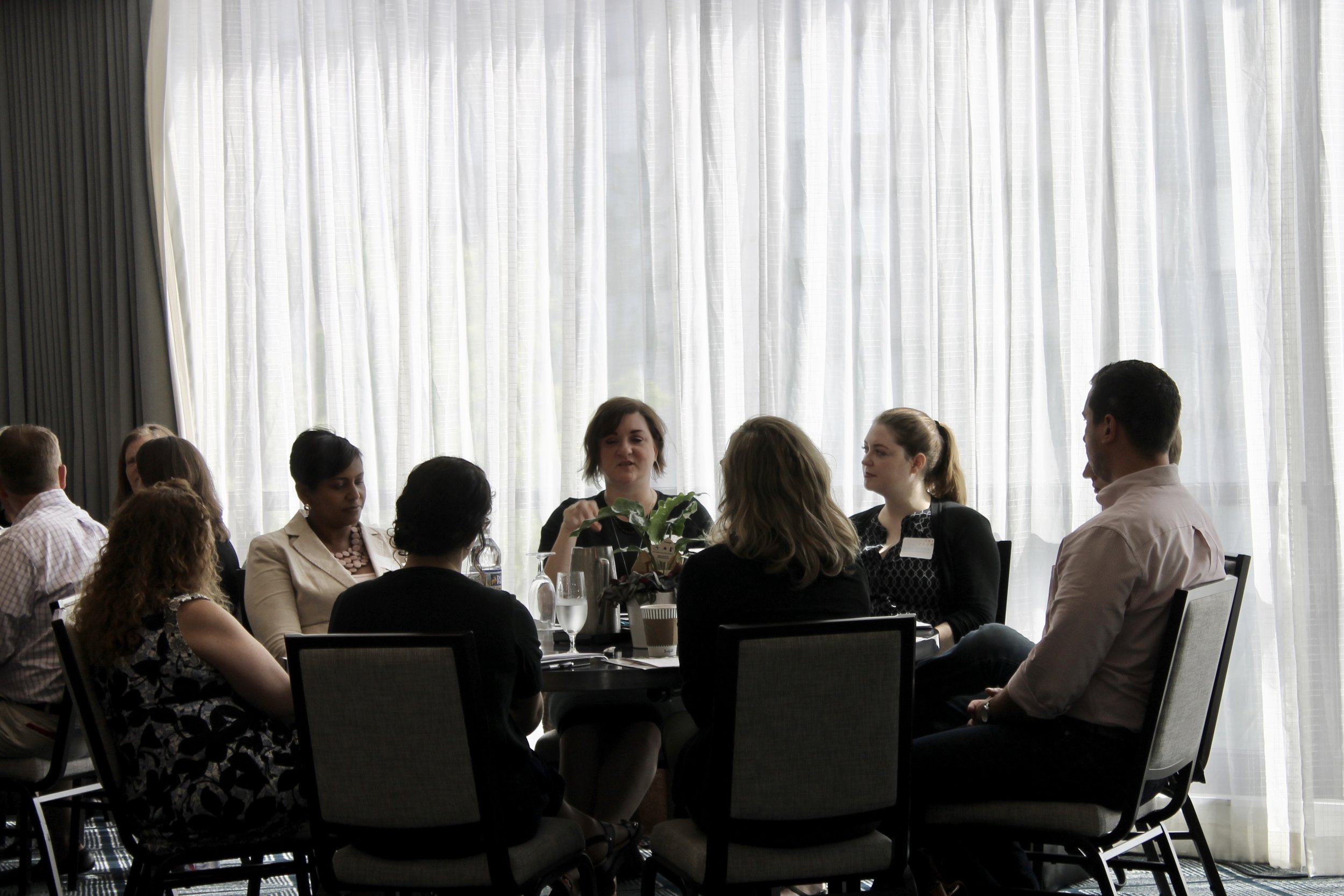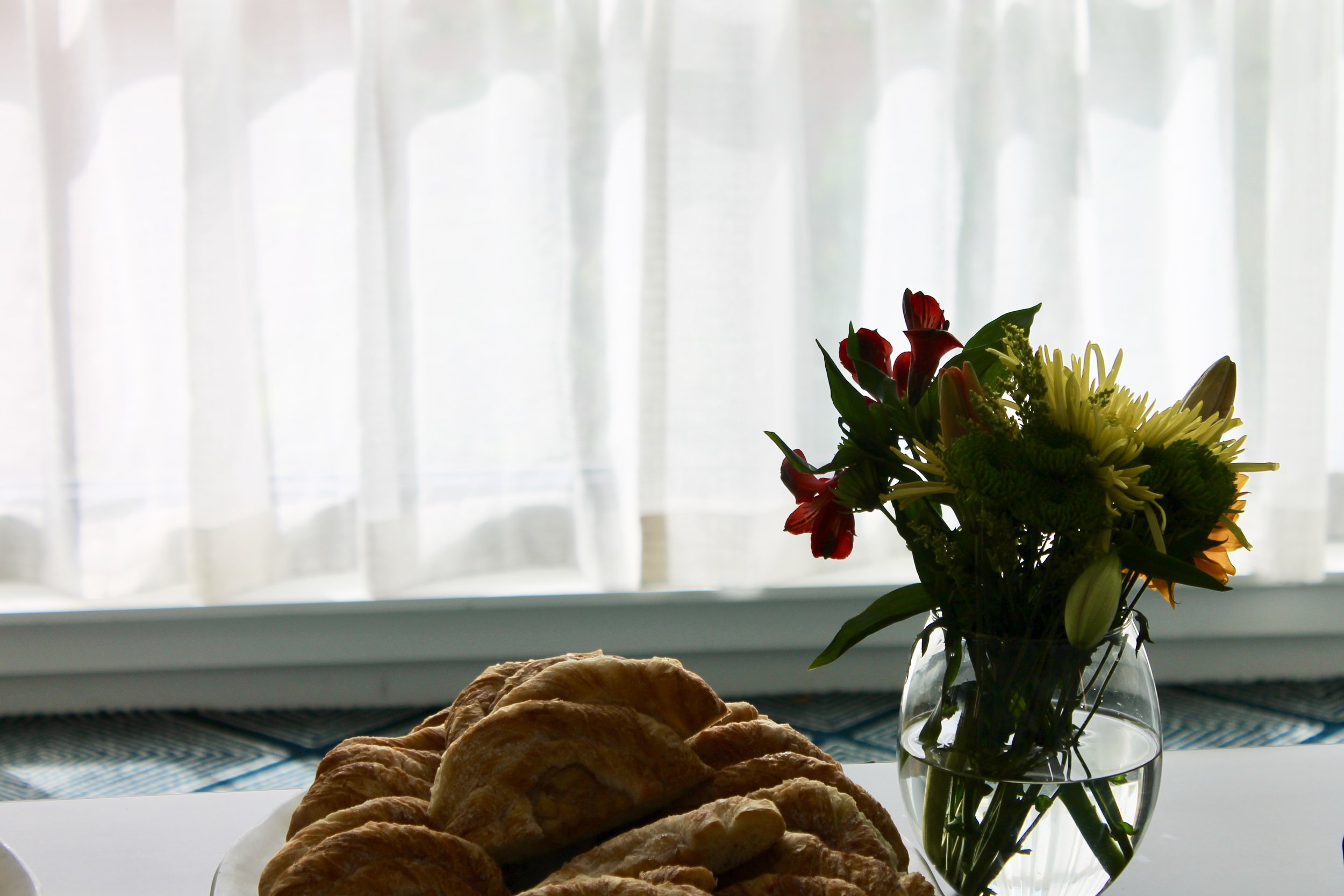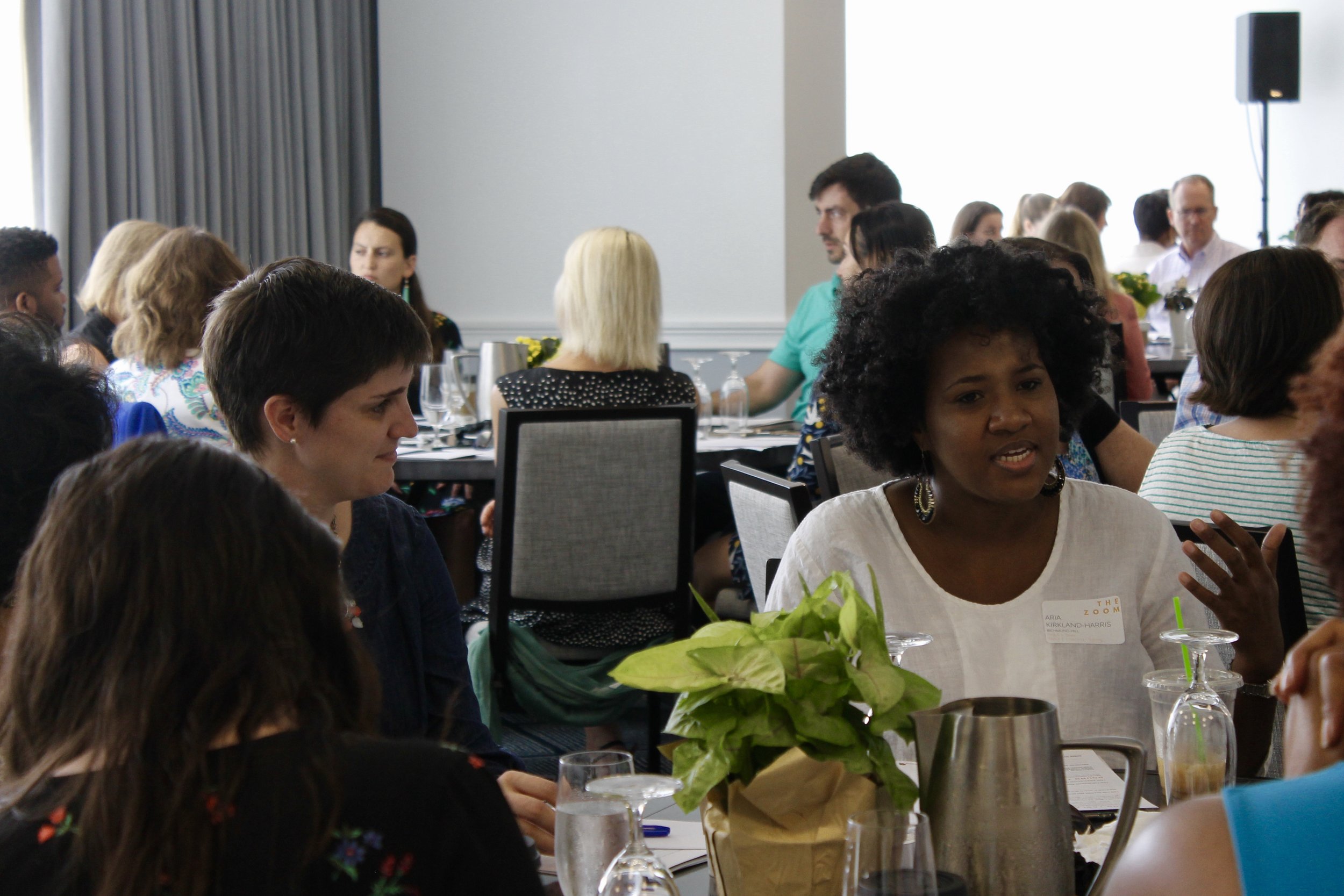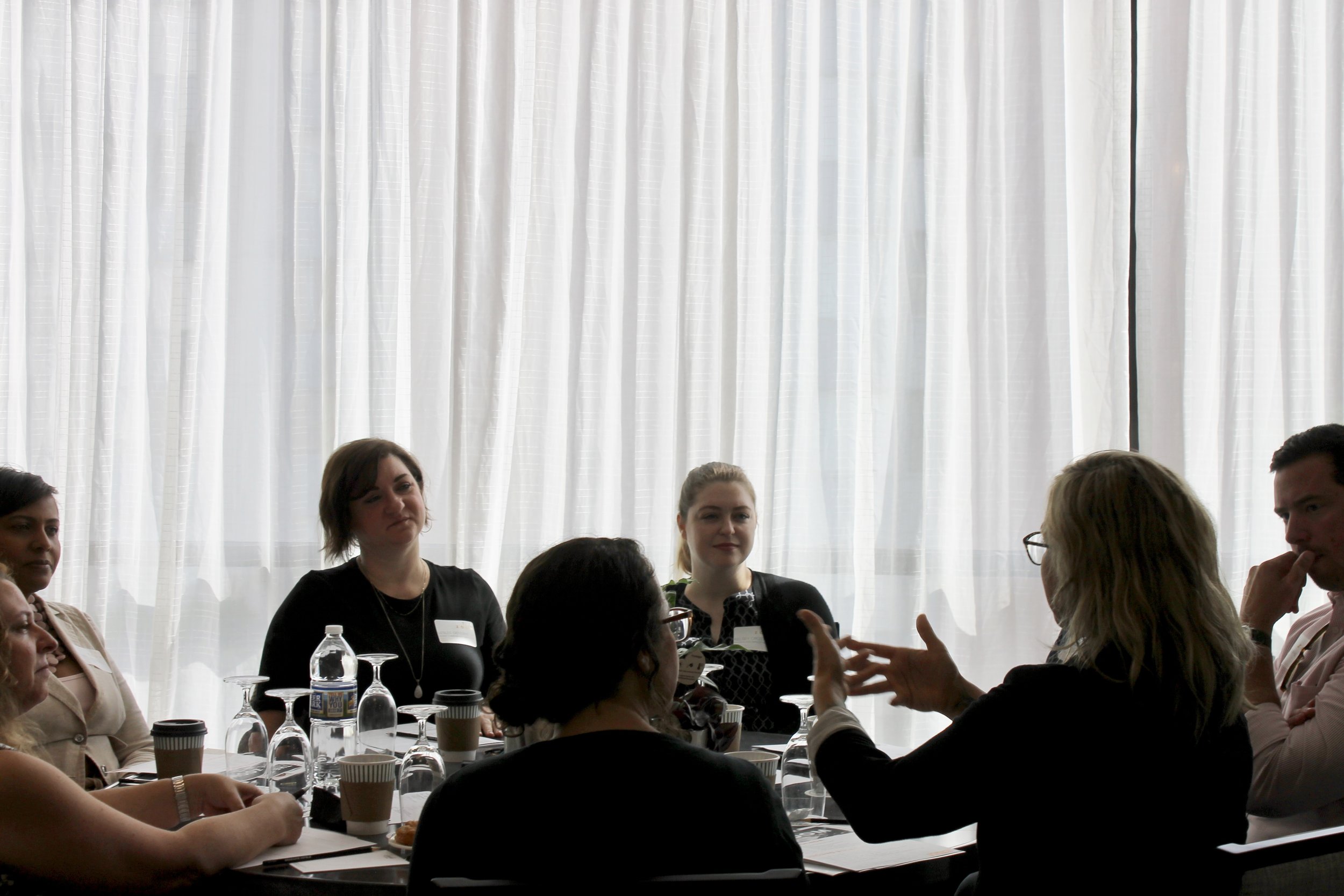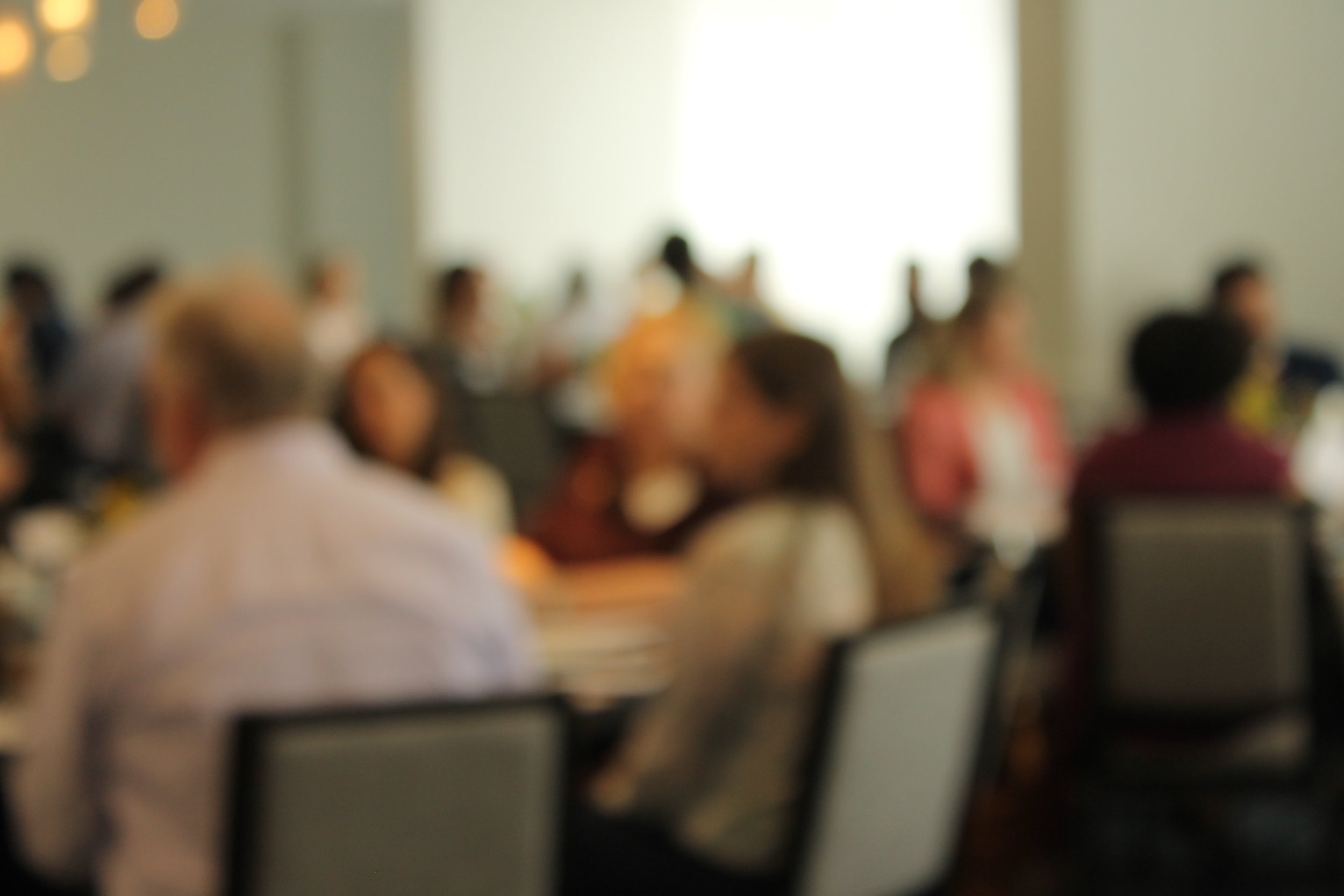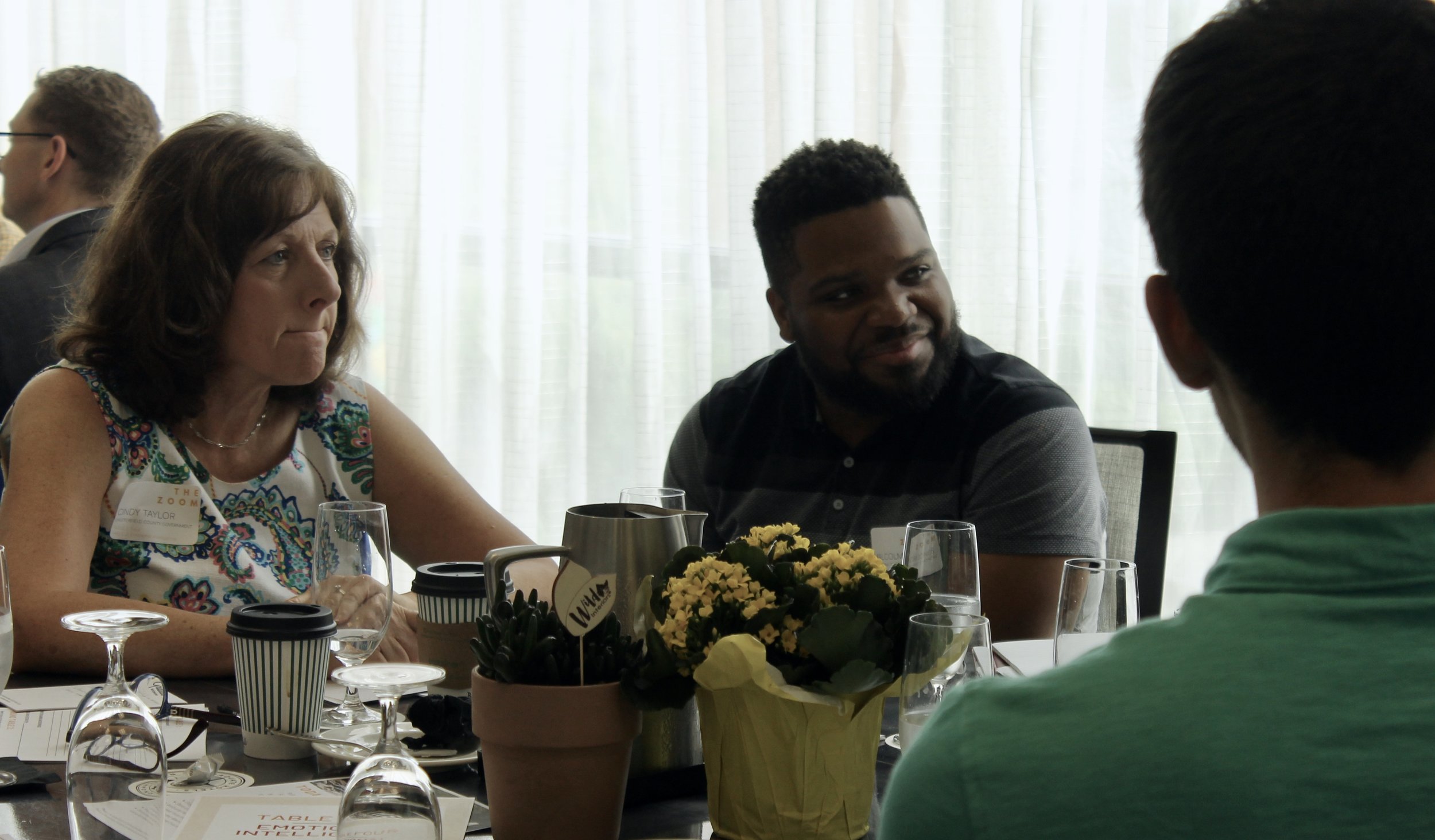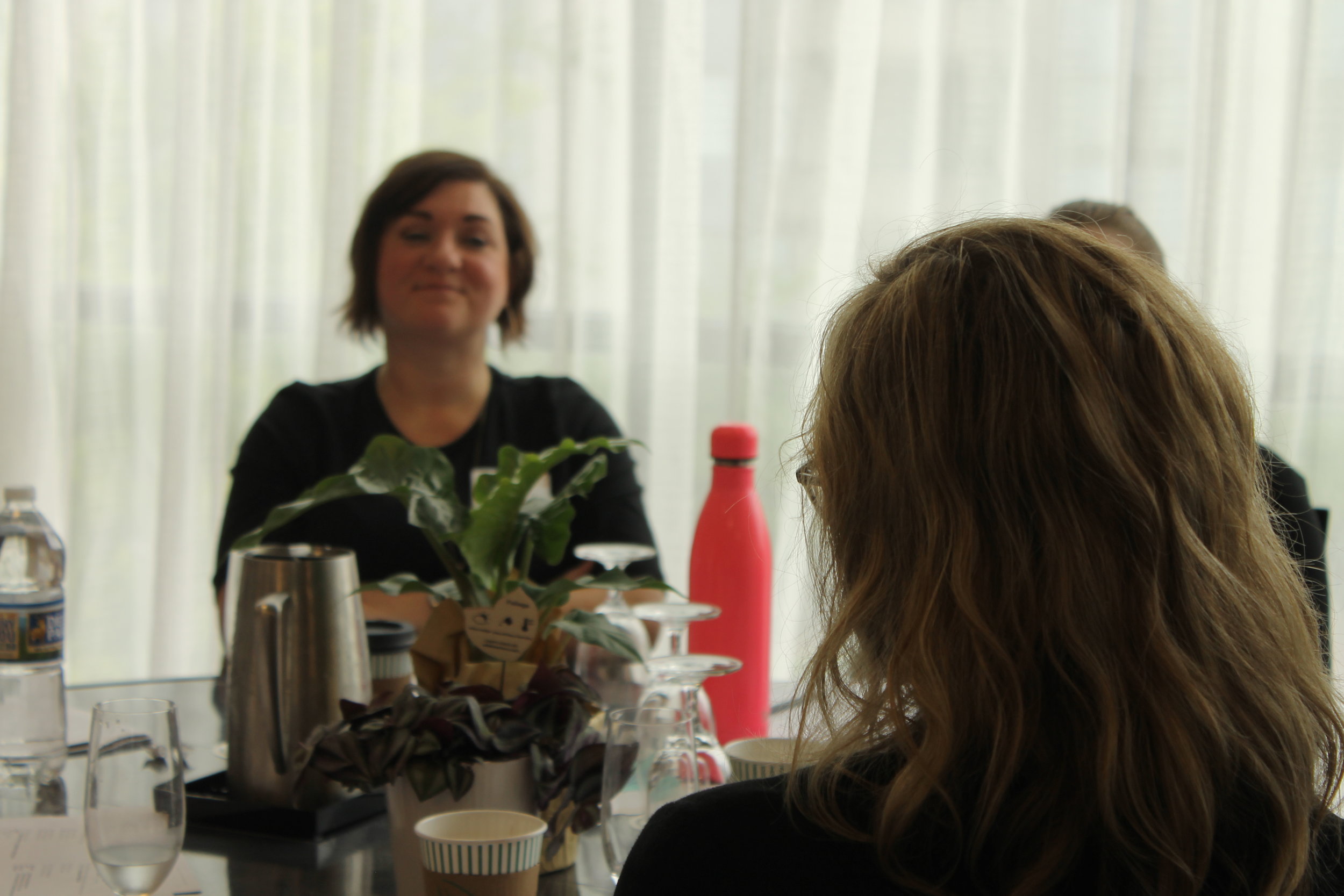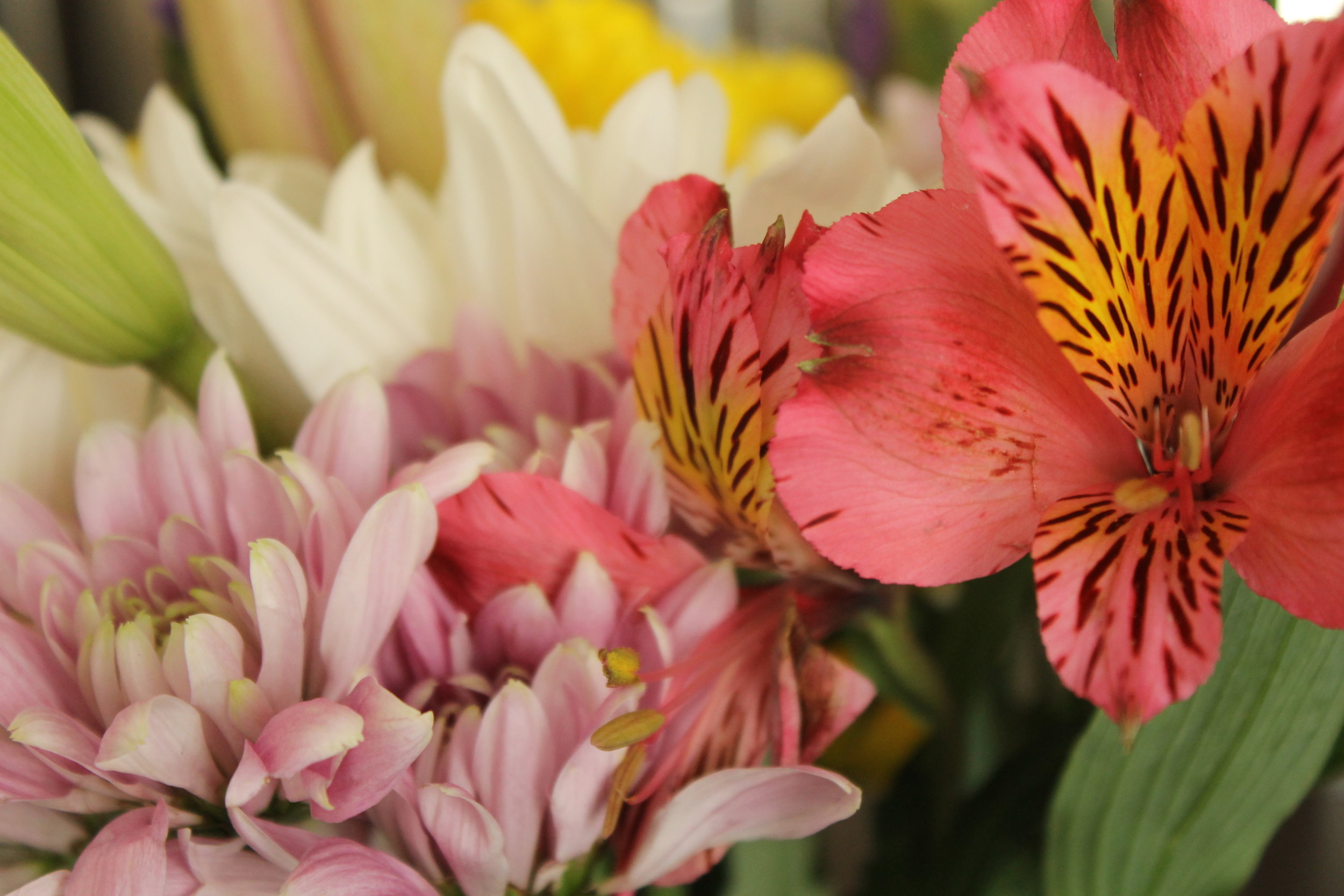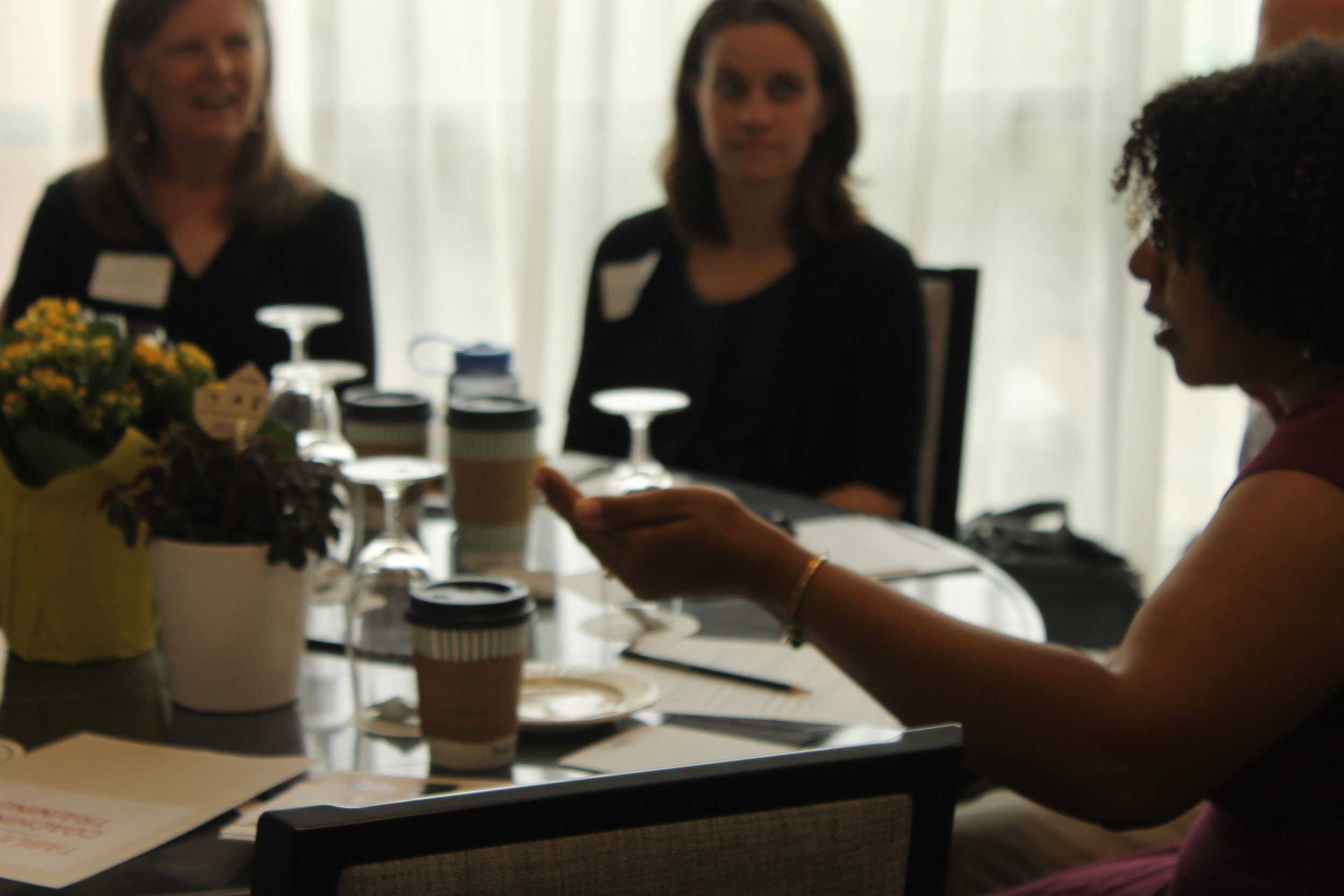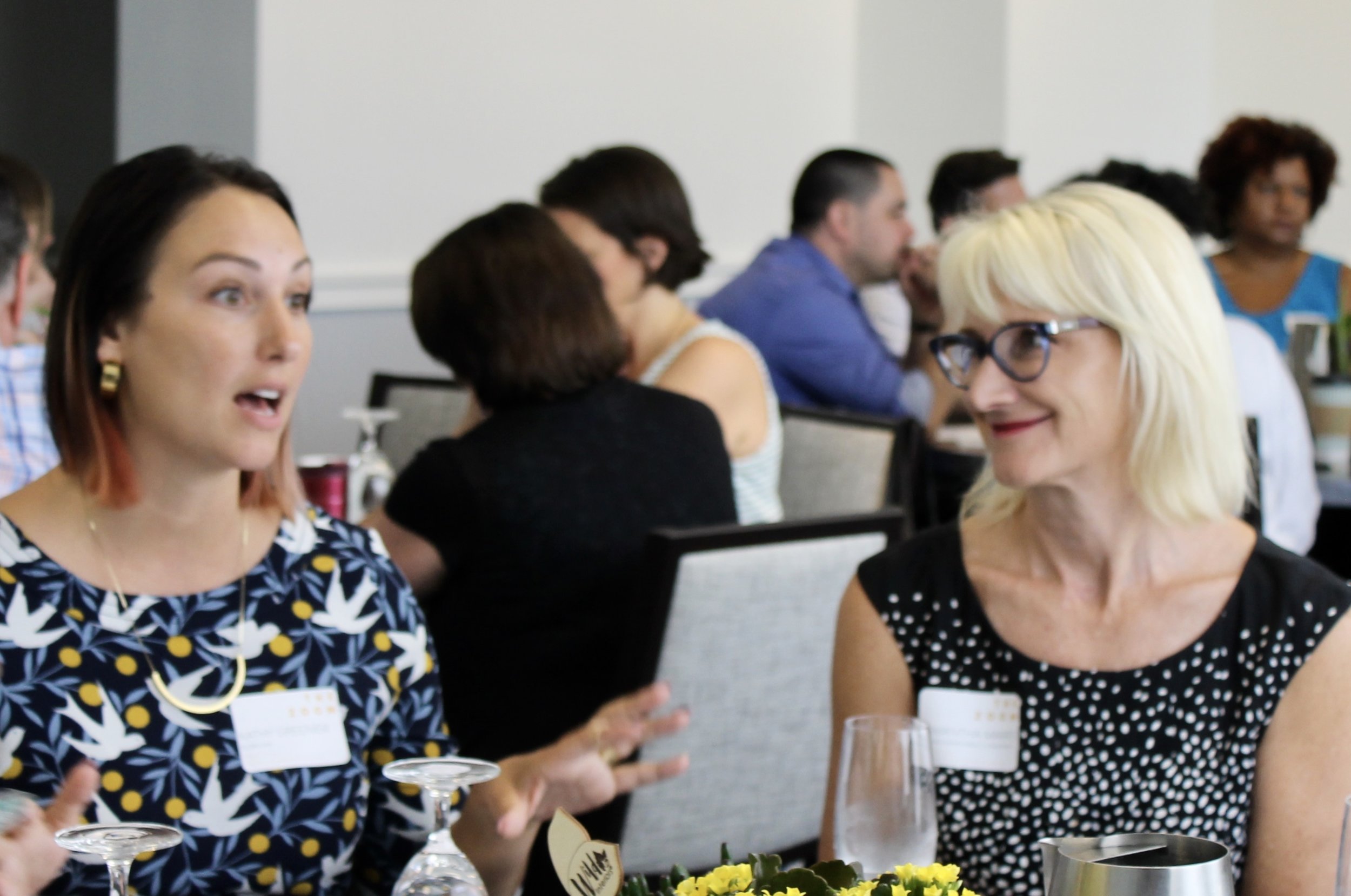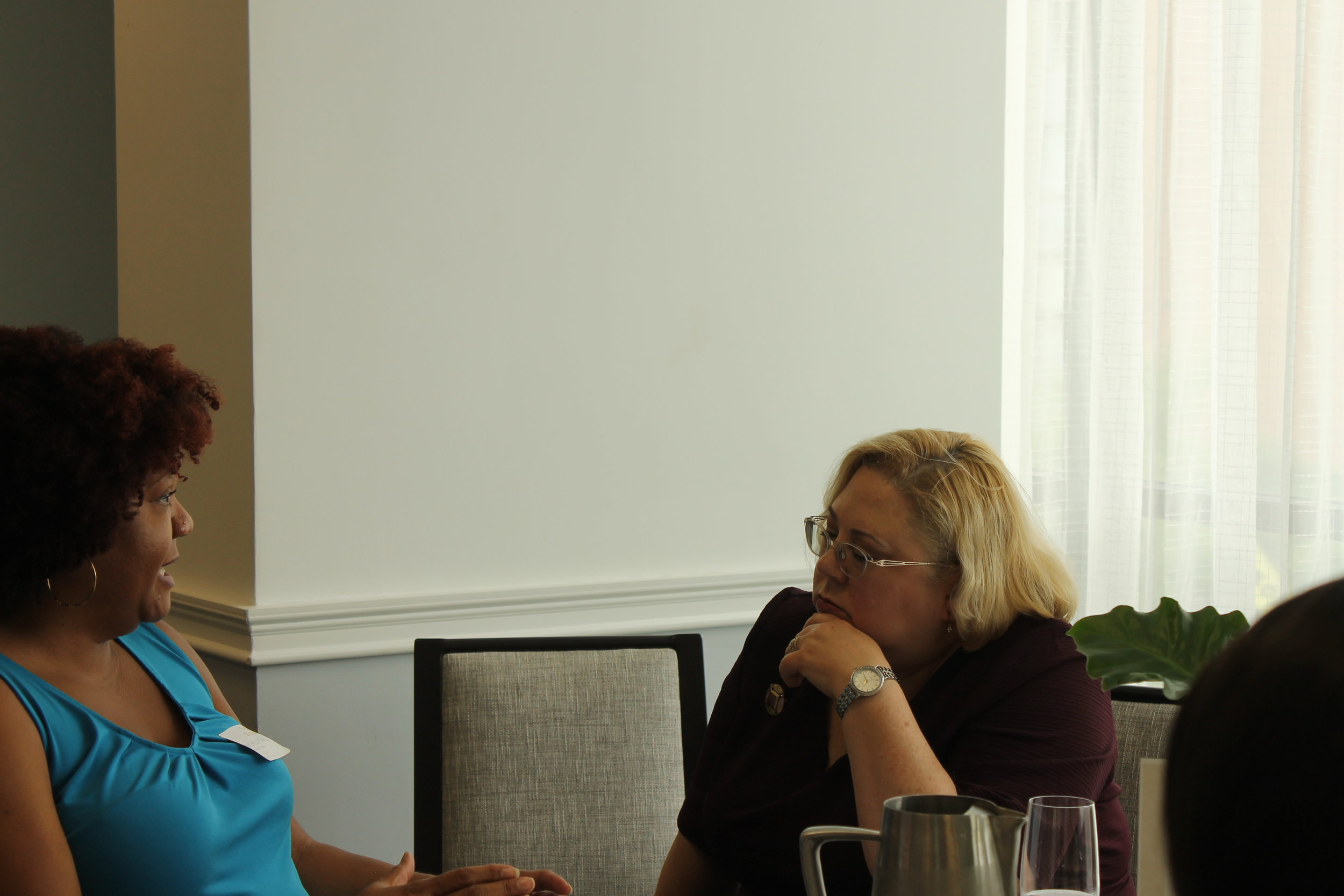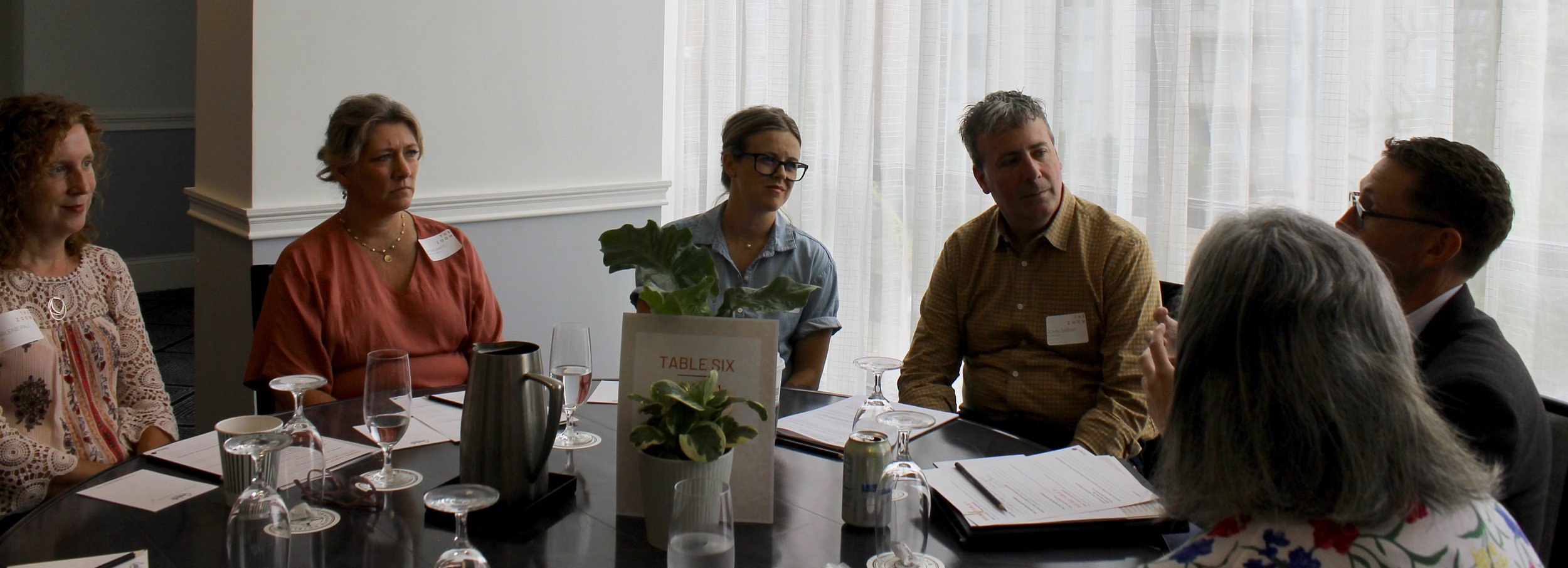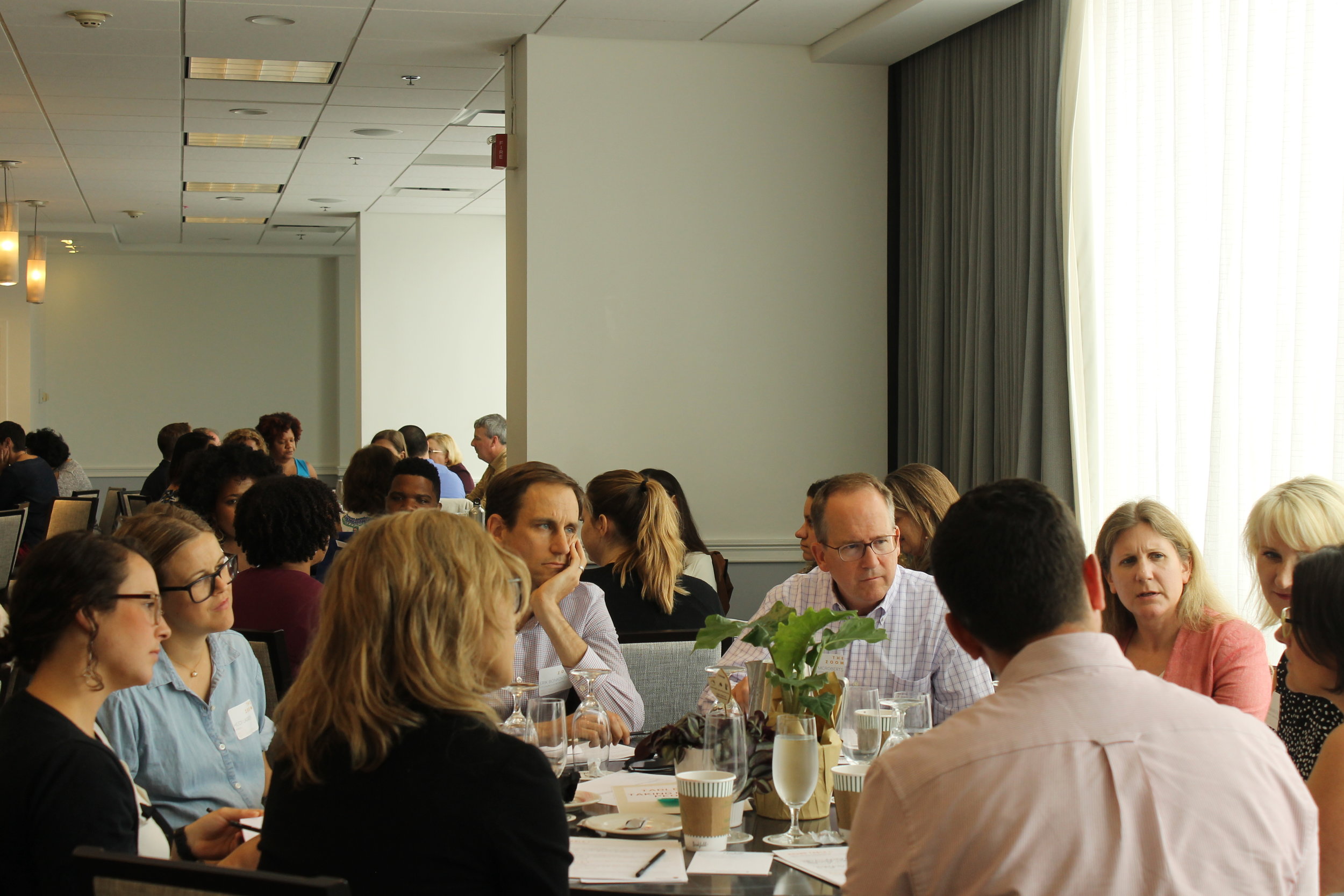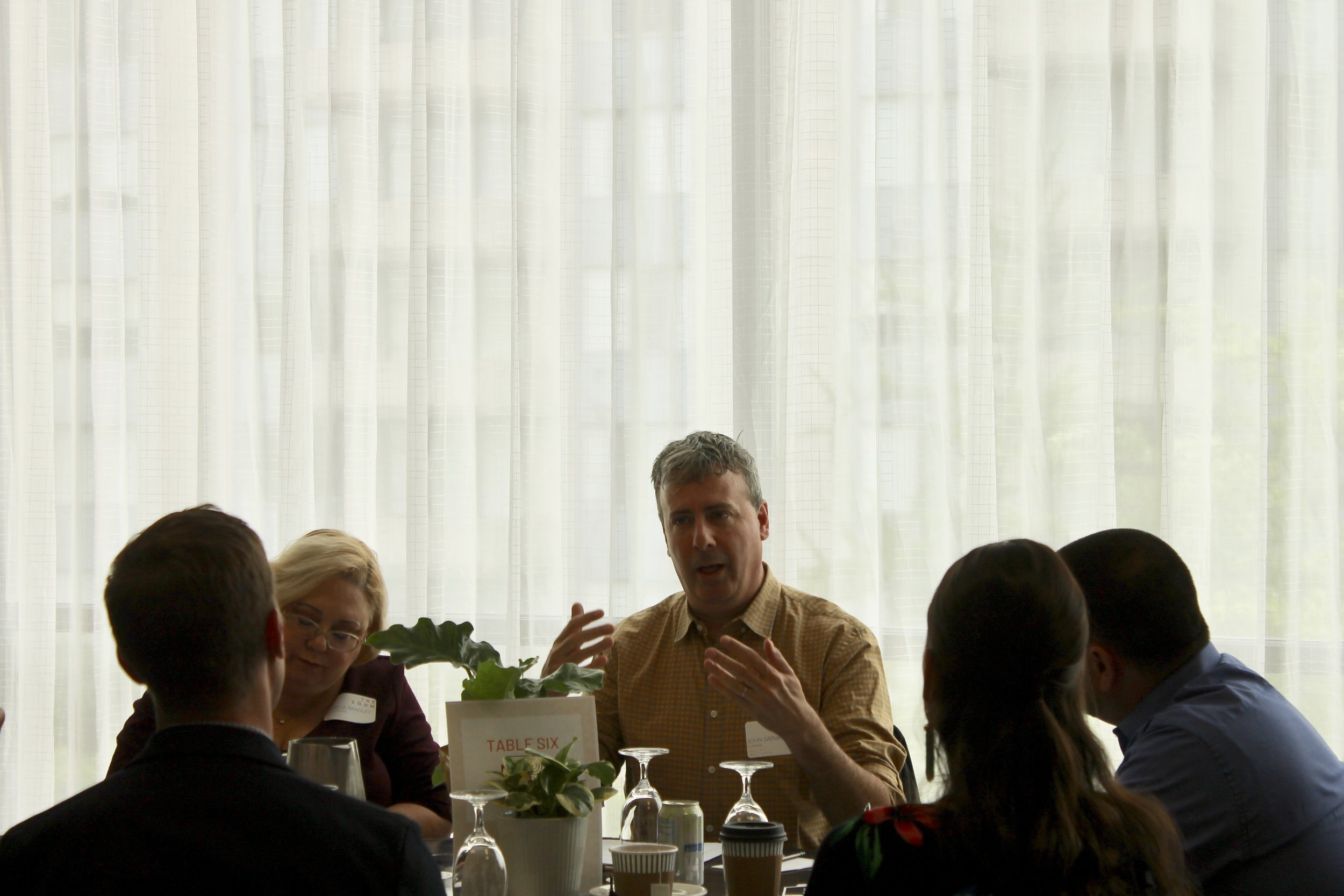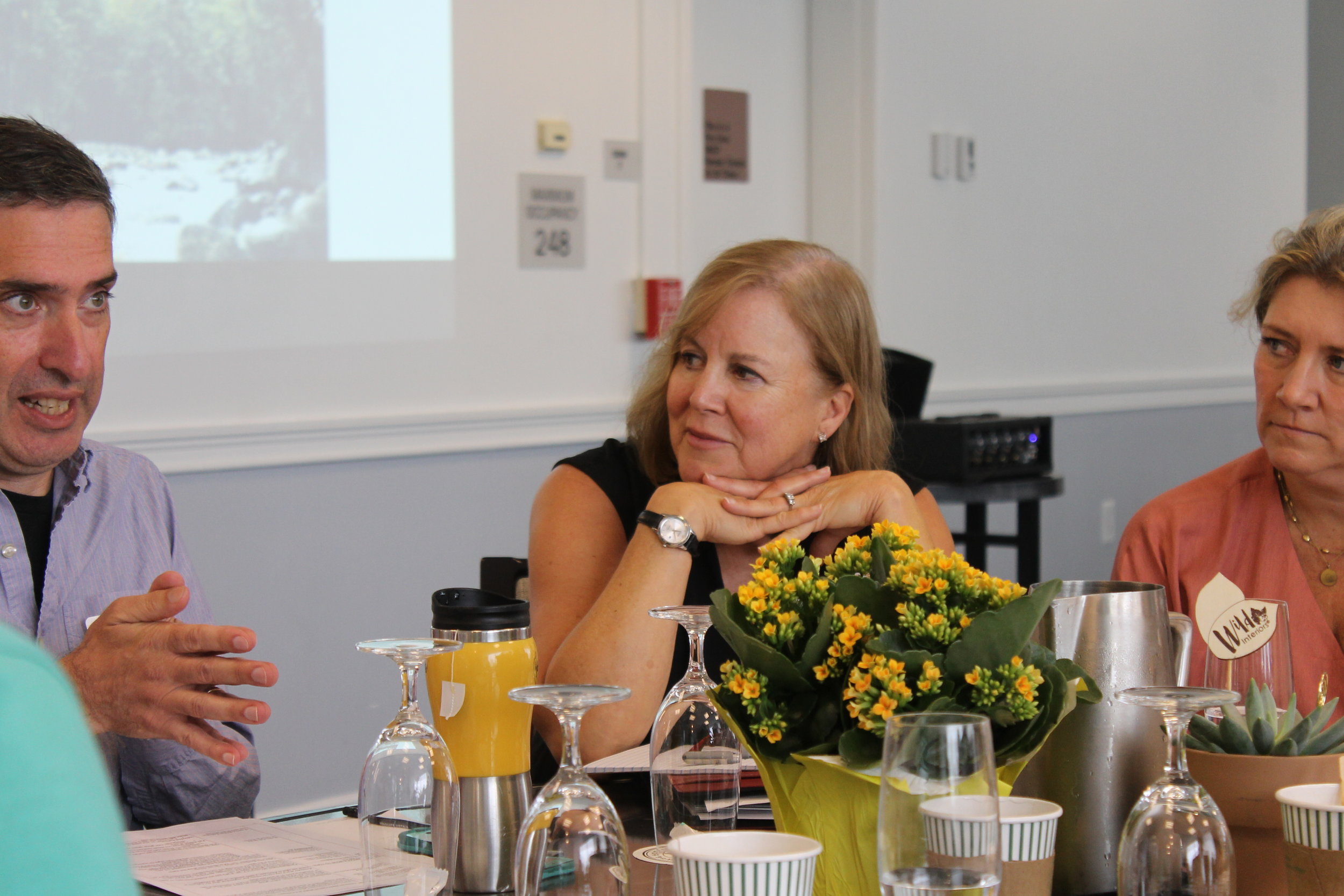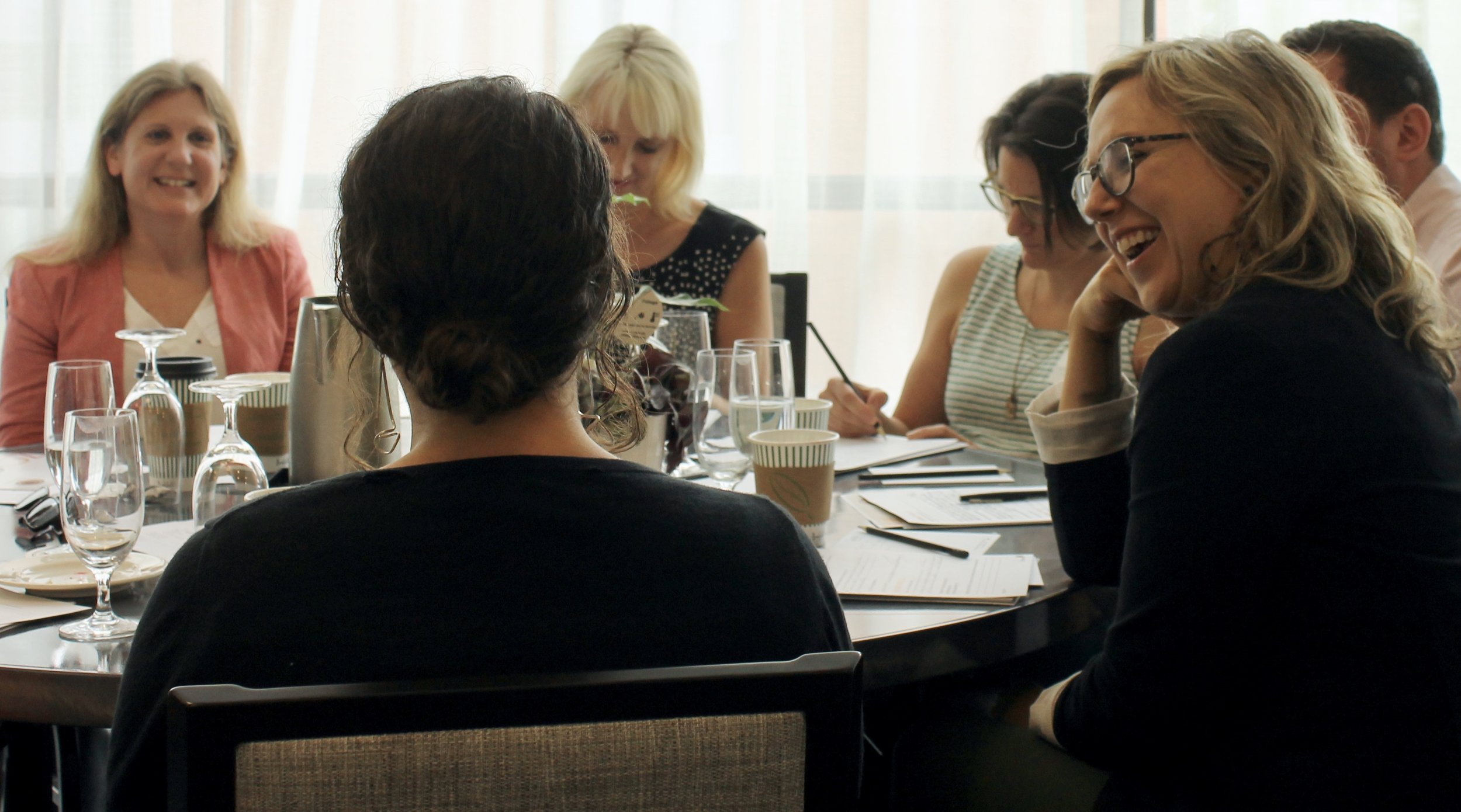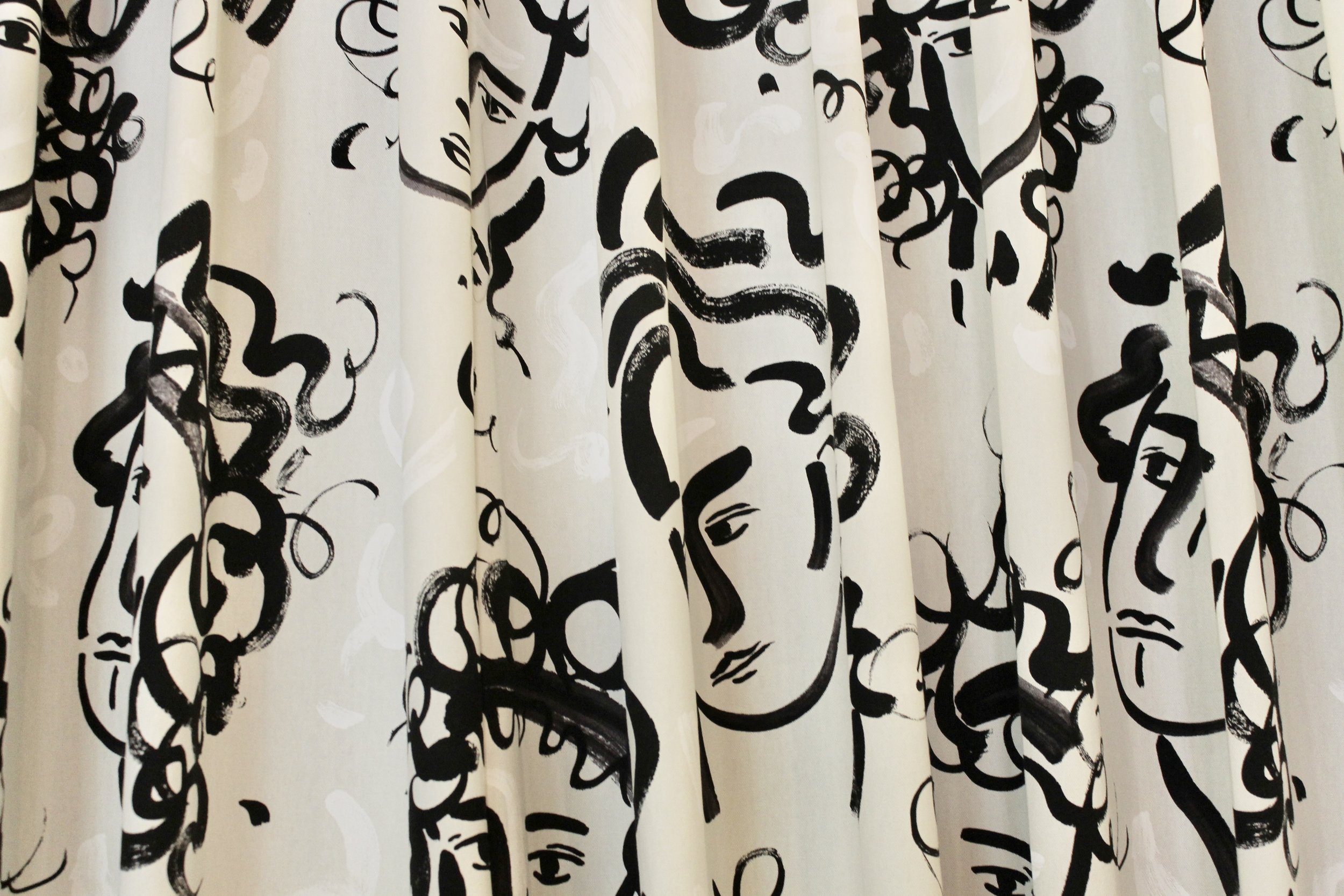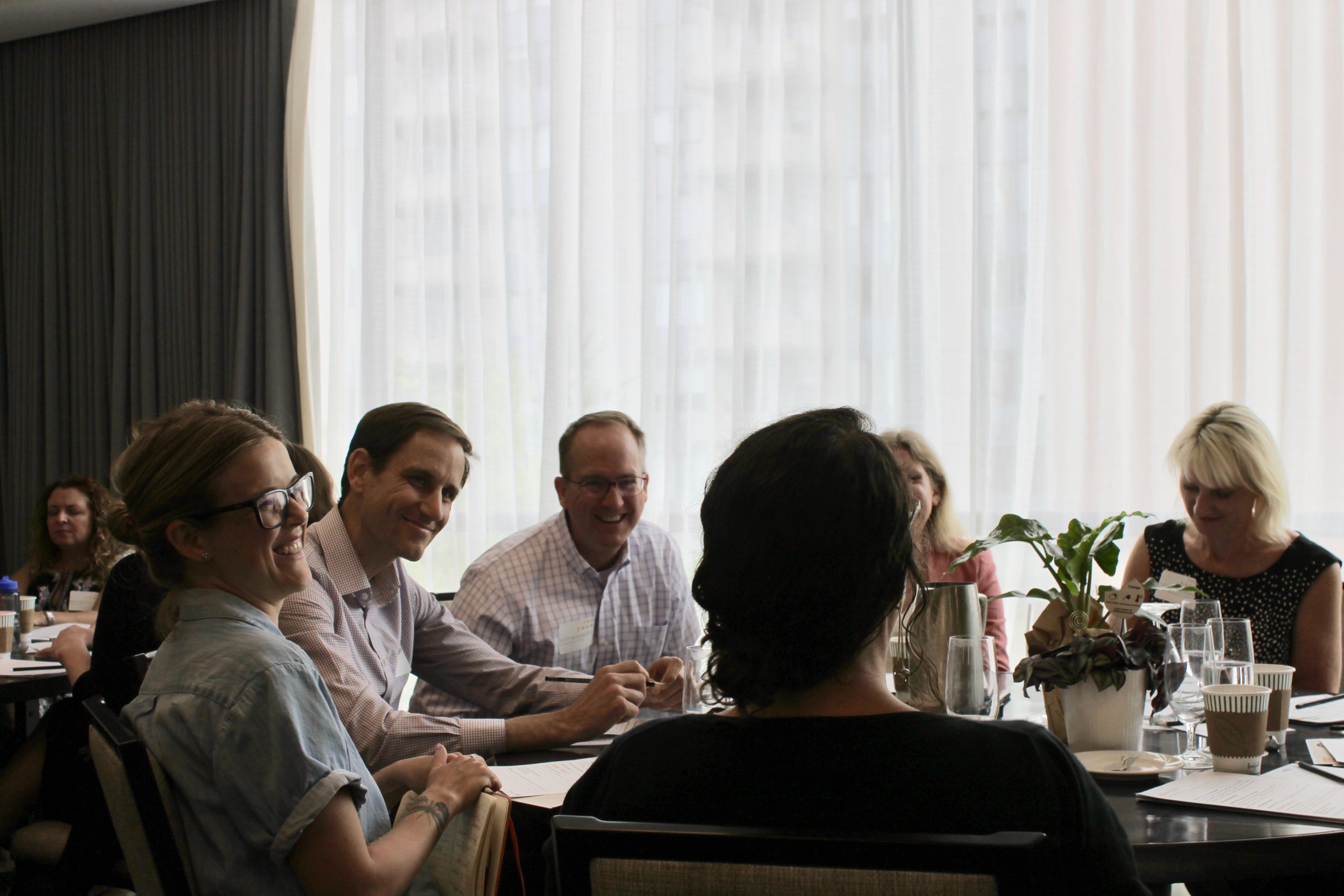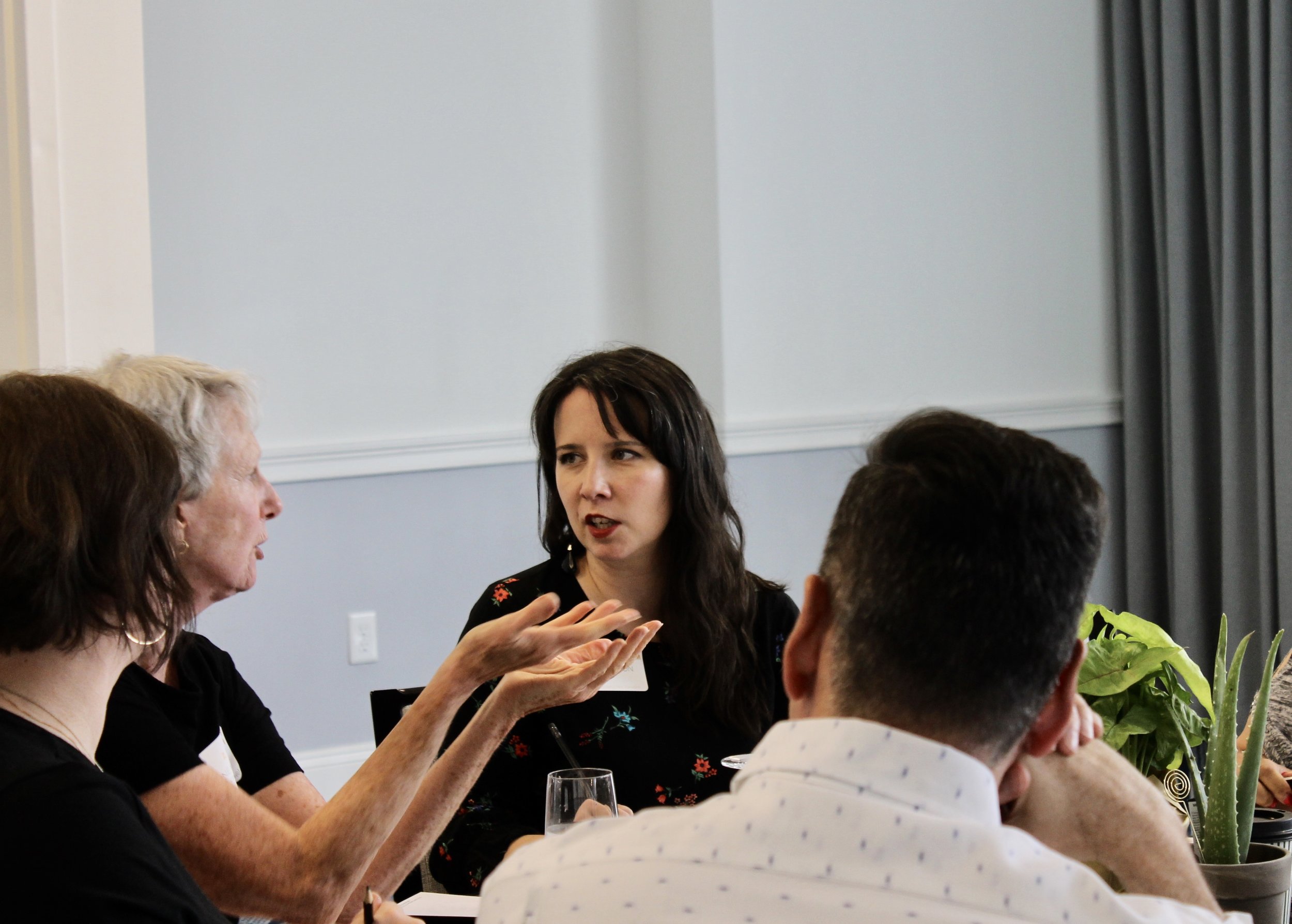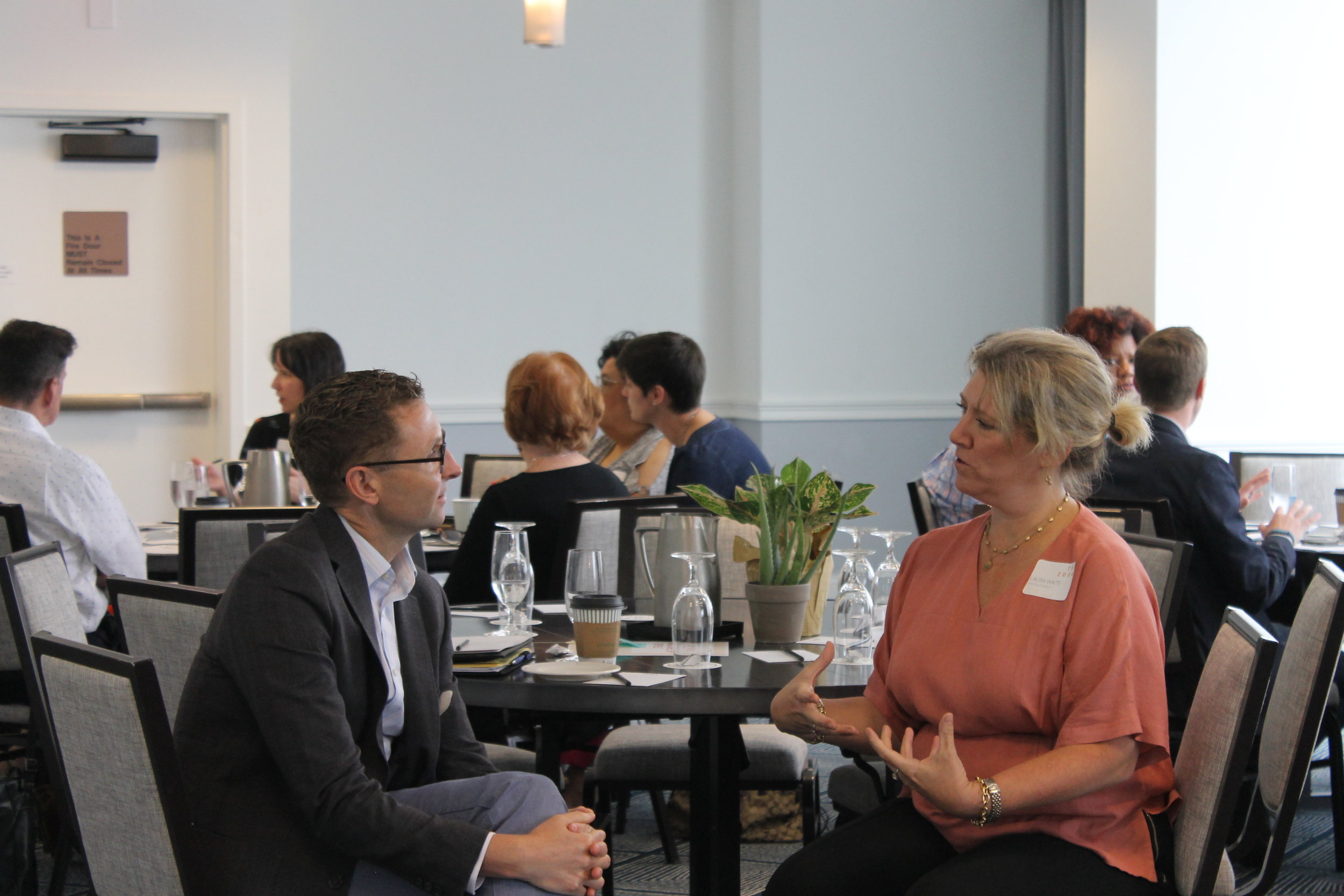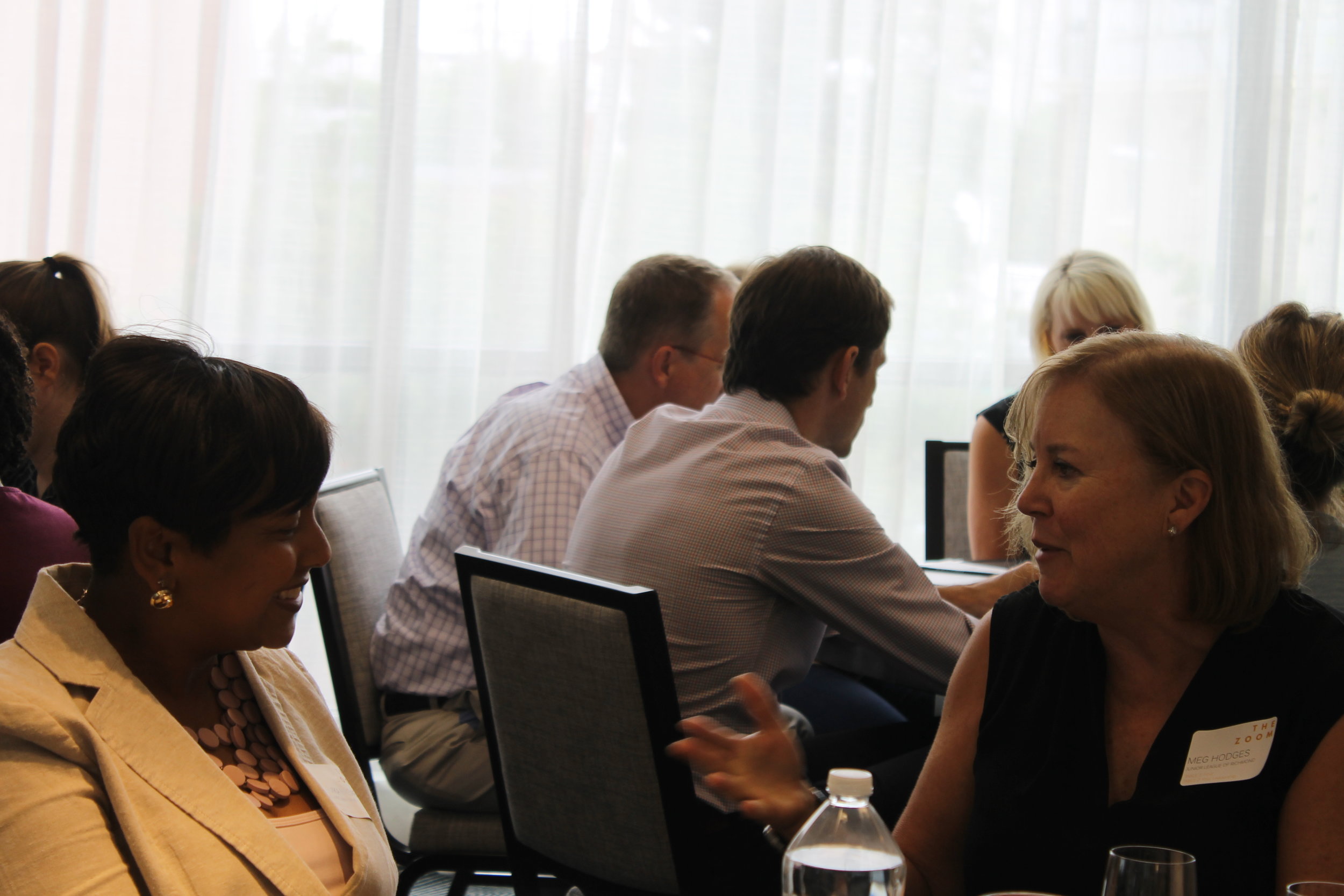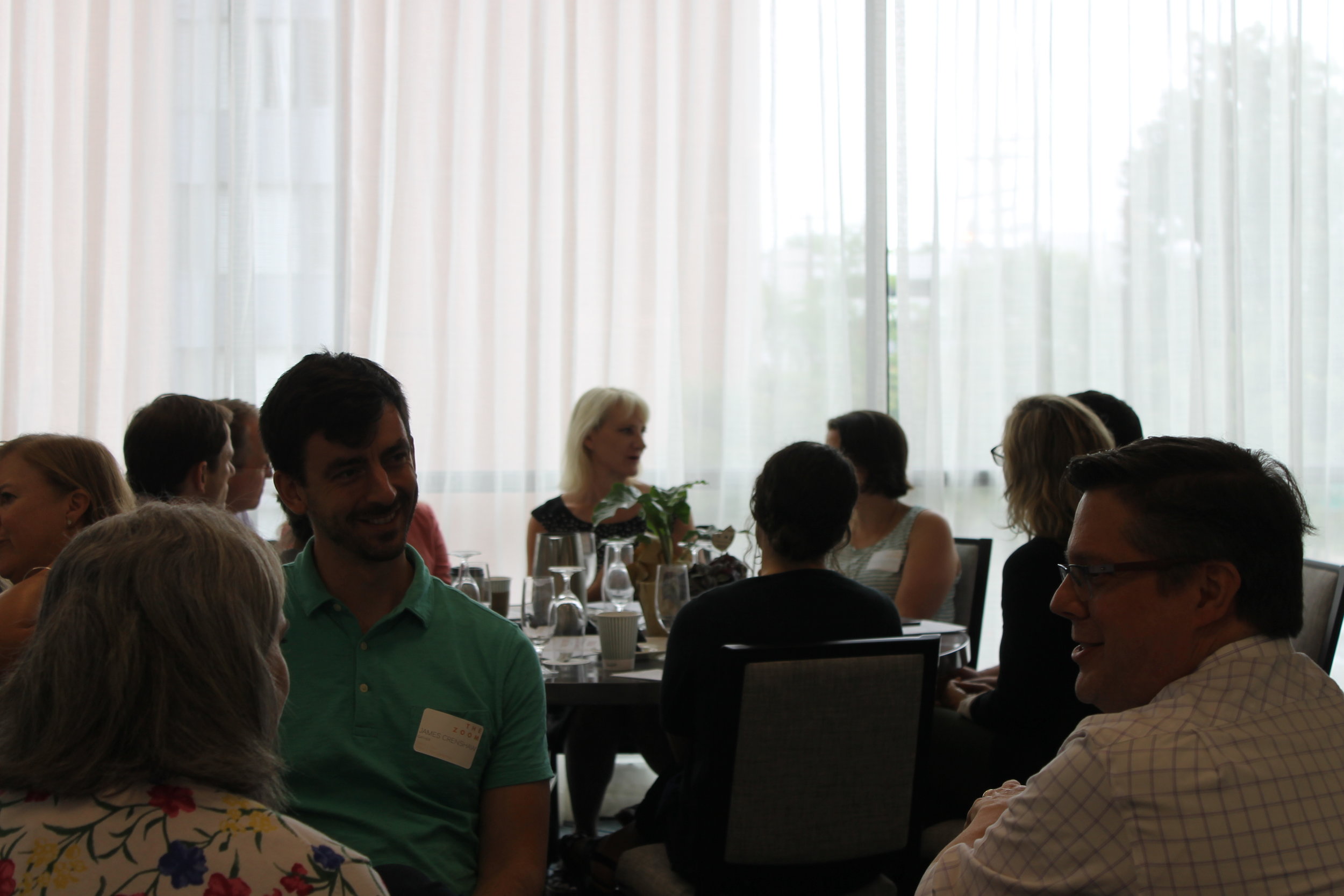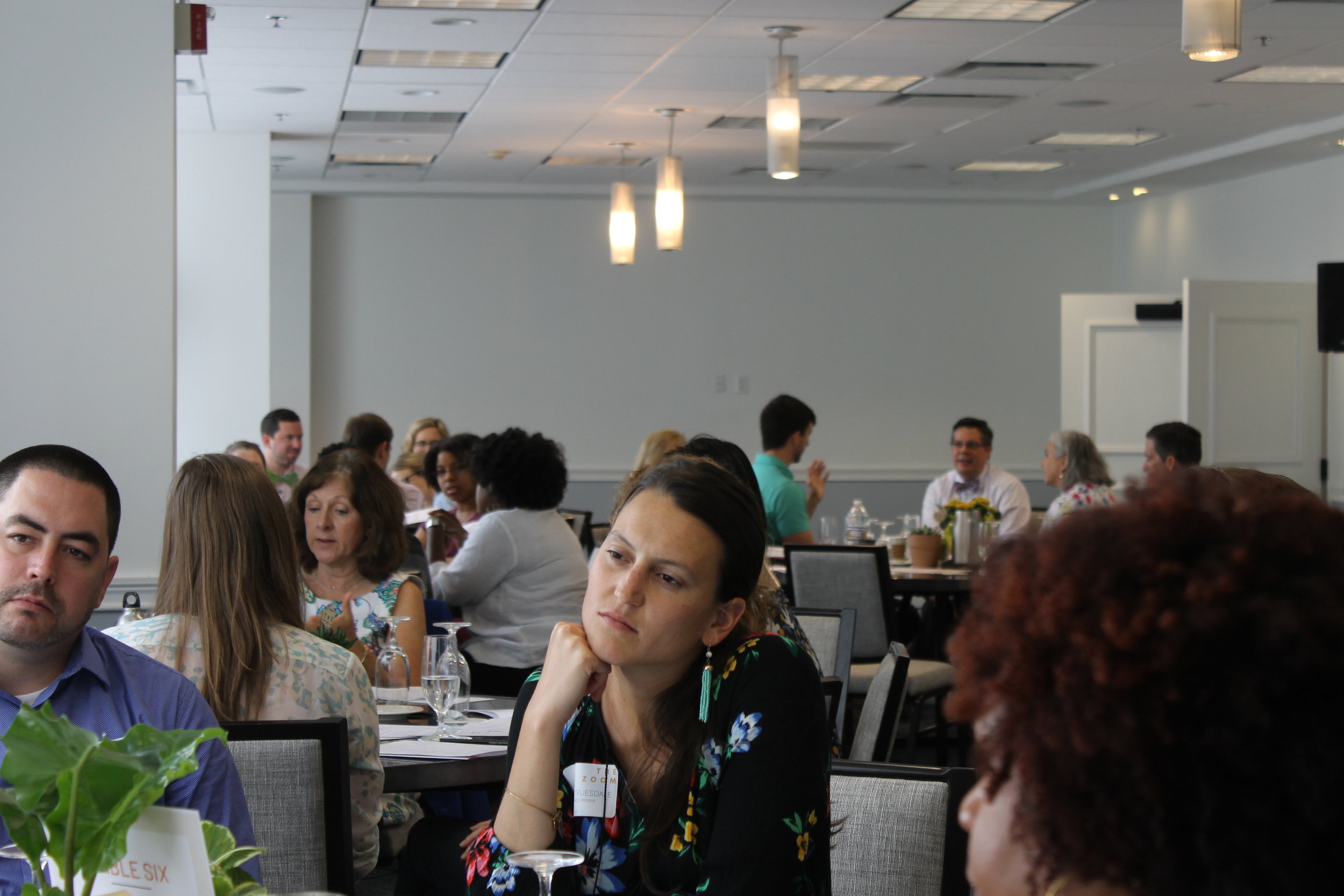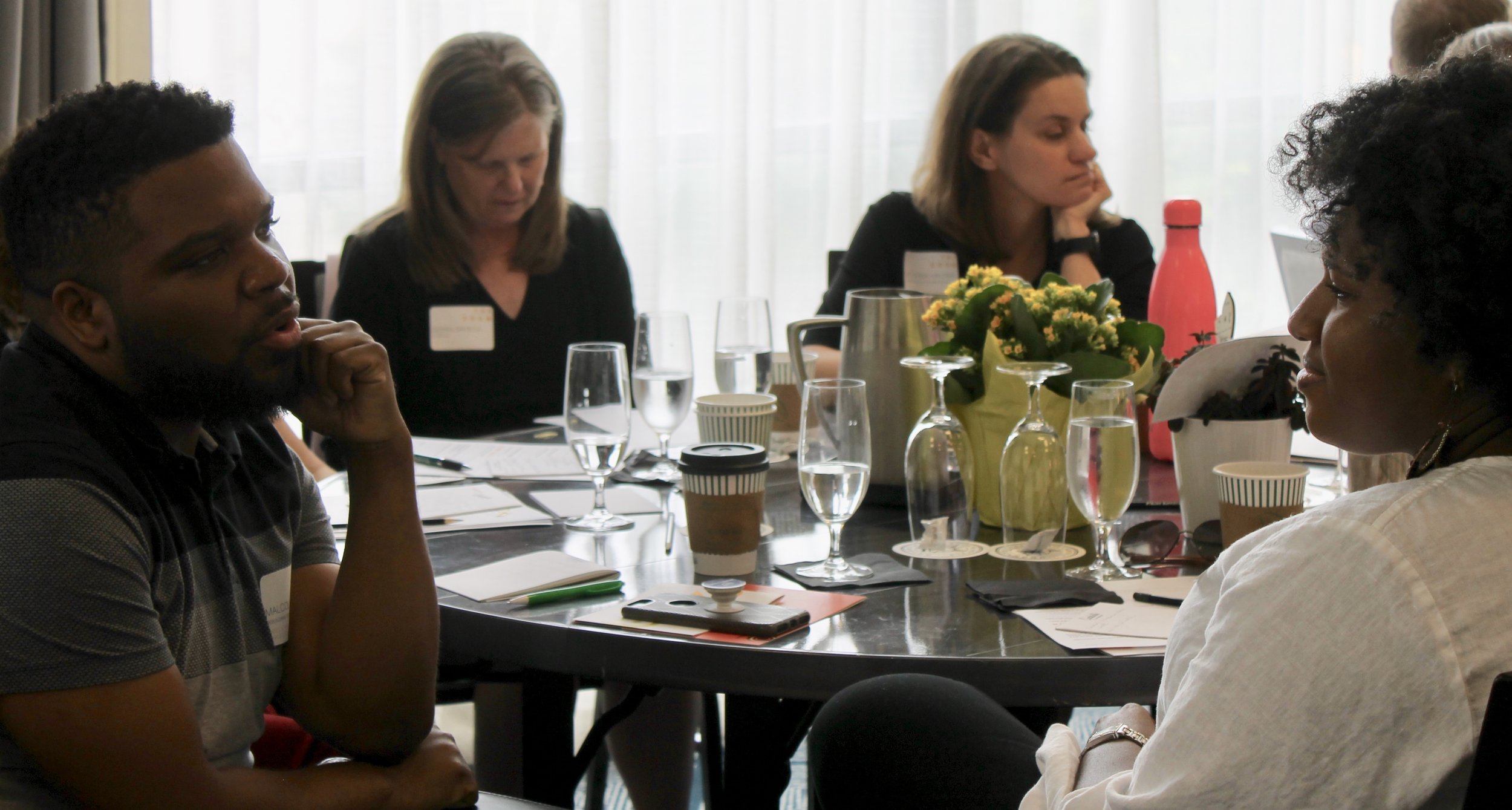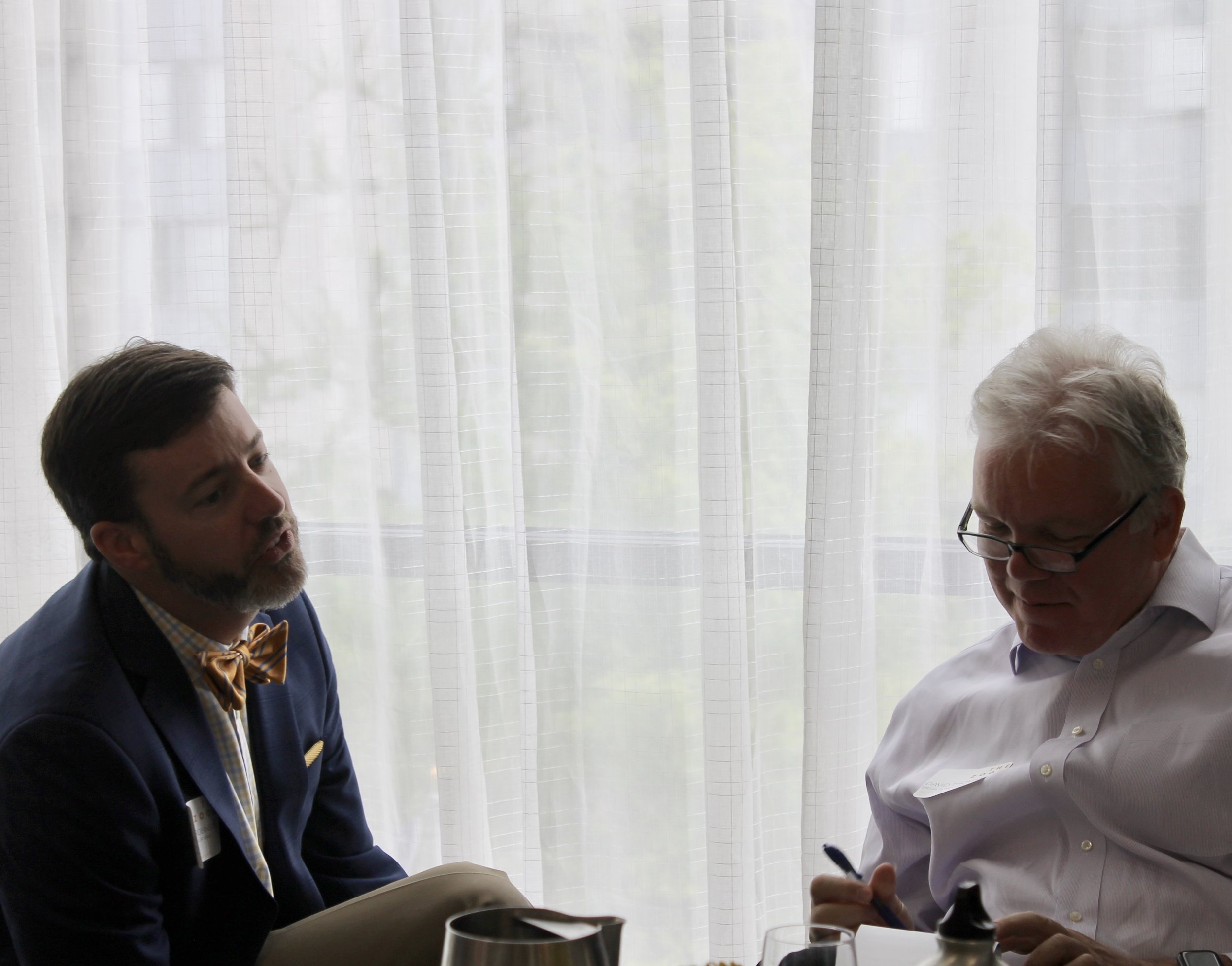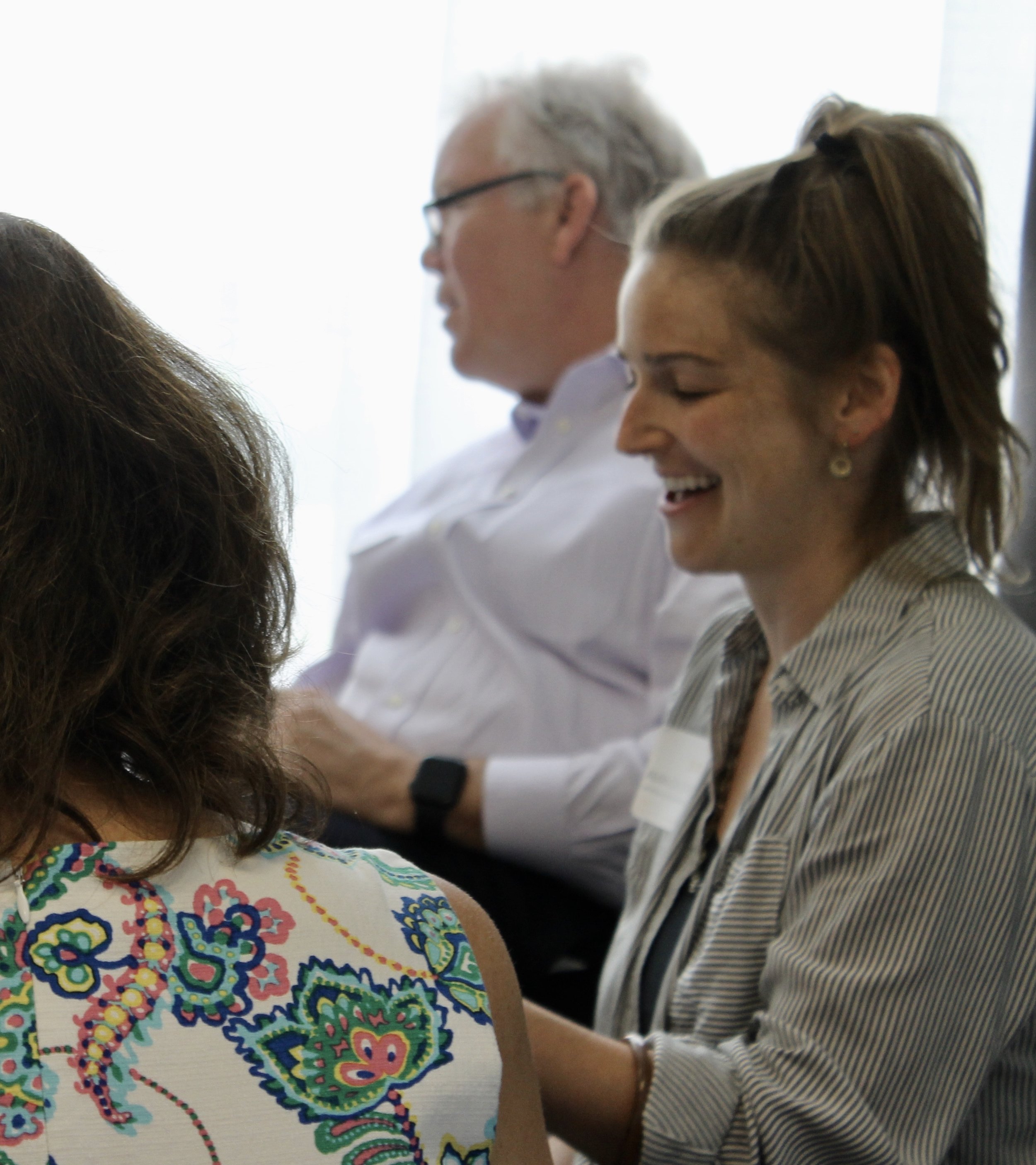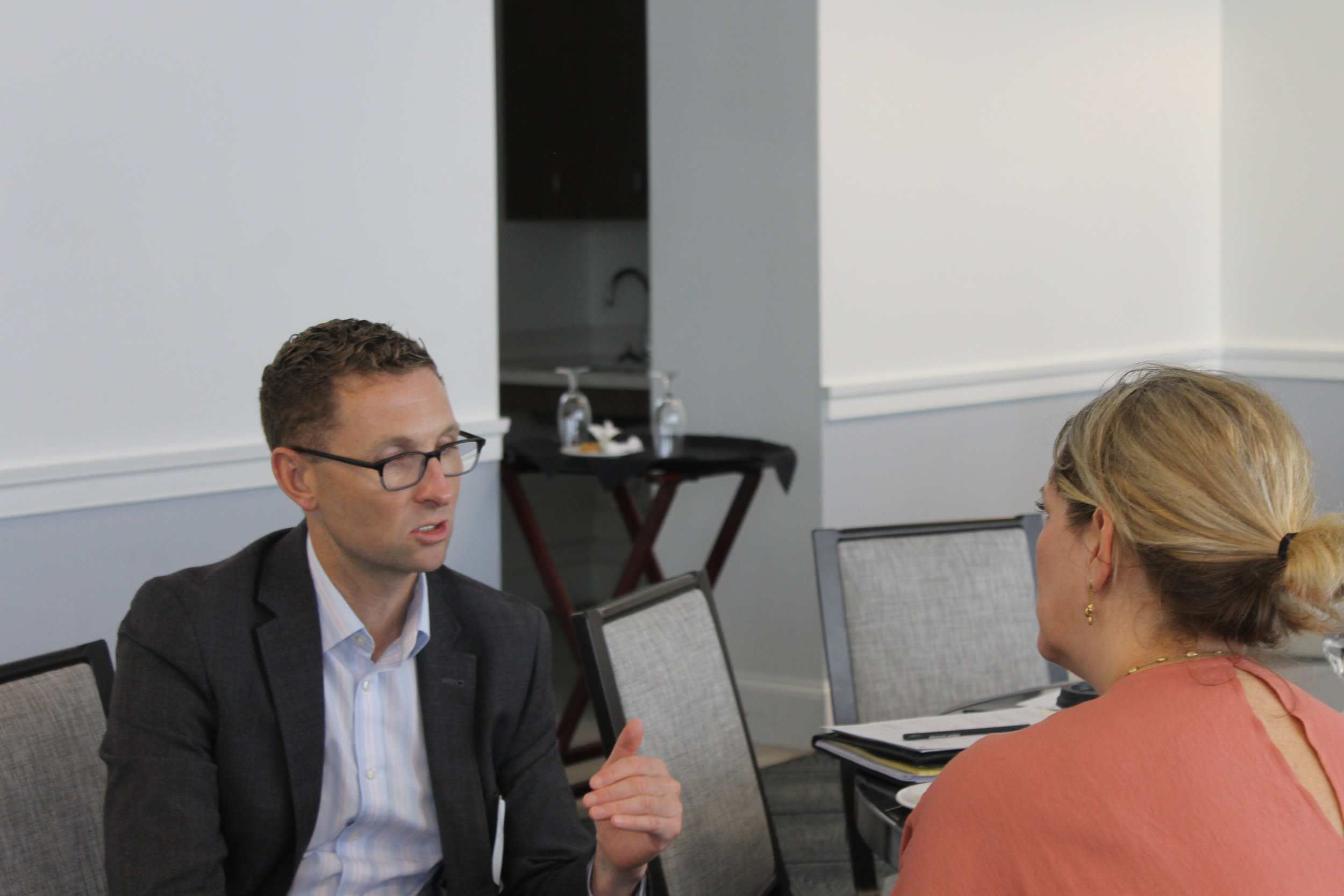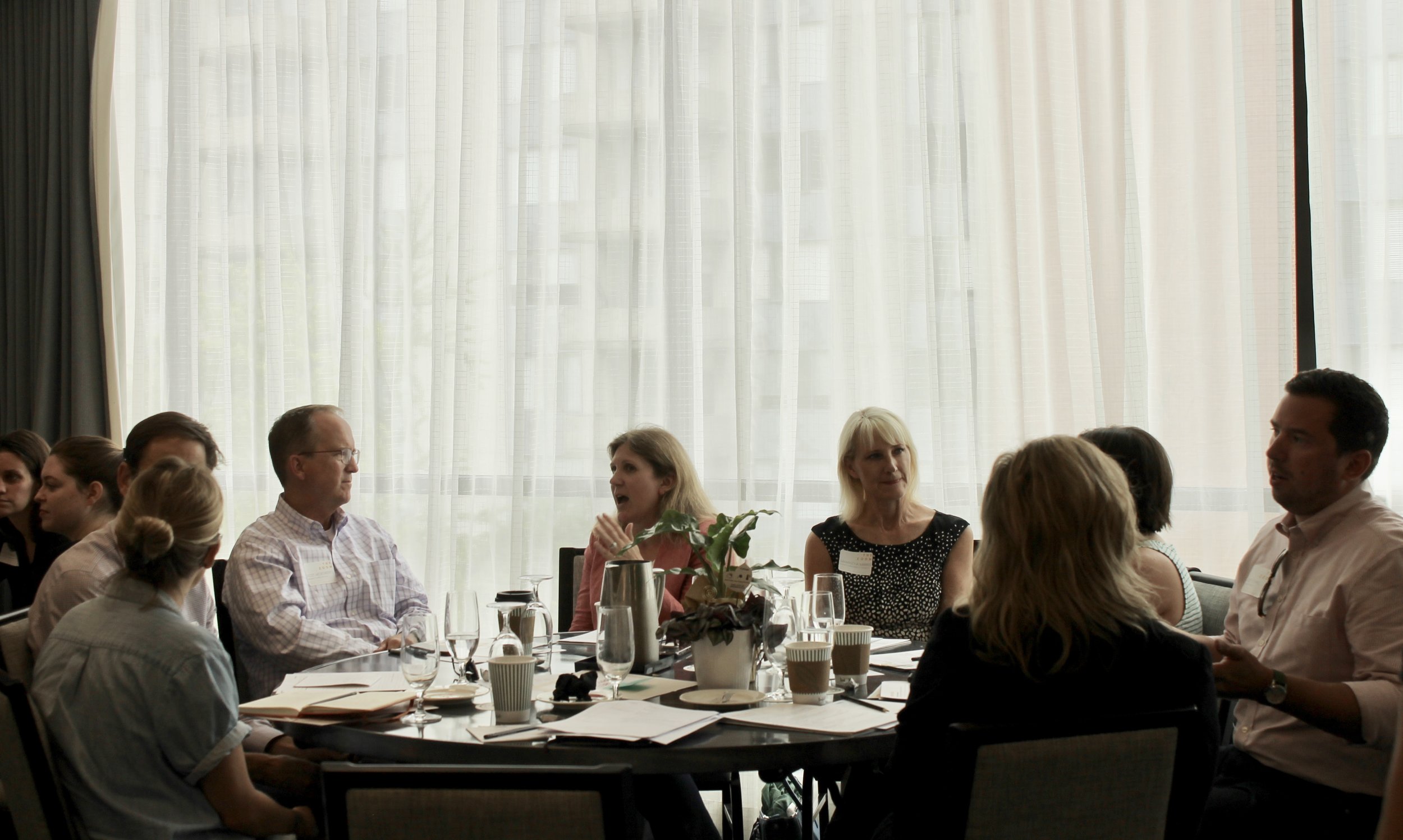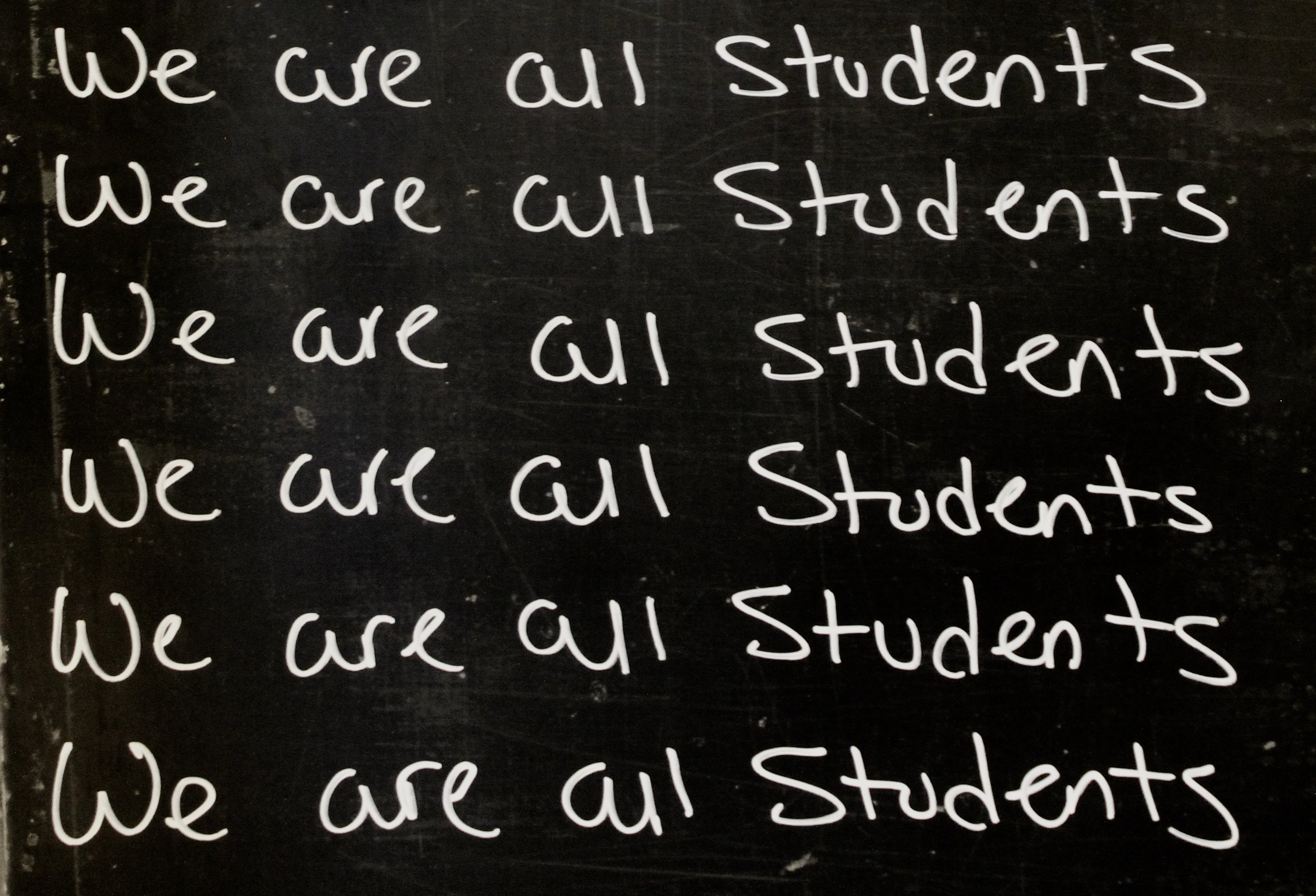Sometimes a project comes along that hits all of the right notes, and challenges us in the right ways. Working in Charlottesville with New Hill Development Corporation (NHDC) and Local Initiatives Support Corporation (LISC) to develop a community-focused small area plan for the Starr Hill neighborhood has been one of those projects for Floricane.
Over the past six months, a small team – Ebony Walden, Shelli Jost Brady, Marle Hylton and John Sarvay – has been engaged in deep, focused discussions with residents of Starr Hill, members of Charlottesville’s black entrepreneurial community, and other NHDC partners. The goal? Develop a vision for the future of Starr Hill that centers the neighborhood at the heart of black economic and social success for Charlottesville.
The vision: The Neighborhood Vision is of a Starr Hill Area community whose future growth is guided by a commitment to racial, economic and social equity. We will create a neighborhood identity rooted in African American presence and prosperity with real opportunities for the Black community to foster ownership -- of property, commerce and culture.
The vision was just the beginning. Over the summer, the Floricane team worked with Chicago-based RW Ventures and LISC to develop an ambitious set of economic, housing, and cultural strategies to shape future development in Starr Hill. By creating a hub for minority businesses and closing financing gaps for black-owned small business they will strengthen the physical connections between Starr Hill and the rest of Charlottesville. The plan lays out more than two dozen specific recommendations to drive black wealth creation, property and business ownership, and cultural presence in the city.
Striking a balance between a community’s aspiration and the near-term reality is a major challenge in work like this. By tethering the plan and emerging strategies around a set of guiding principles – building black prosperity and a more equitable community top on the list – we were able to keep pushing the plan to do both what is right for the community and what is best.
Over the coming weeks, we’ll be working with architect/designer Peter Fraser to transform our written plan into a visual roadmap for the community. We’ll begin working with our partners at New Hill Development Corporation to talk through specific approaches to implementing a set of strategies that range from a monthly gathering of food trucks and entertainers to a major mixed-use development.
As we slide out of October into the winter, we hope to be able to reflect back on our time in Starr Hill knowing that the community challenged us to be better as consultants – and that we helped position Charlottesville to provide more equitable opportunities for its black residents.


